
Designed to Remember
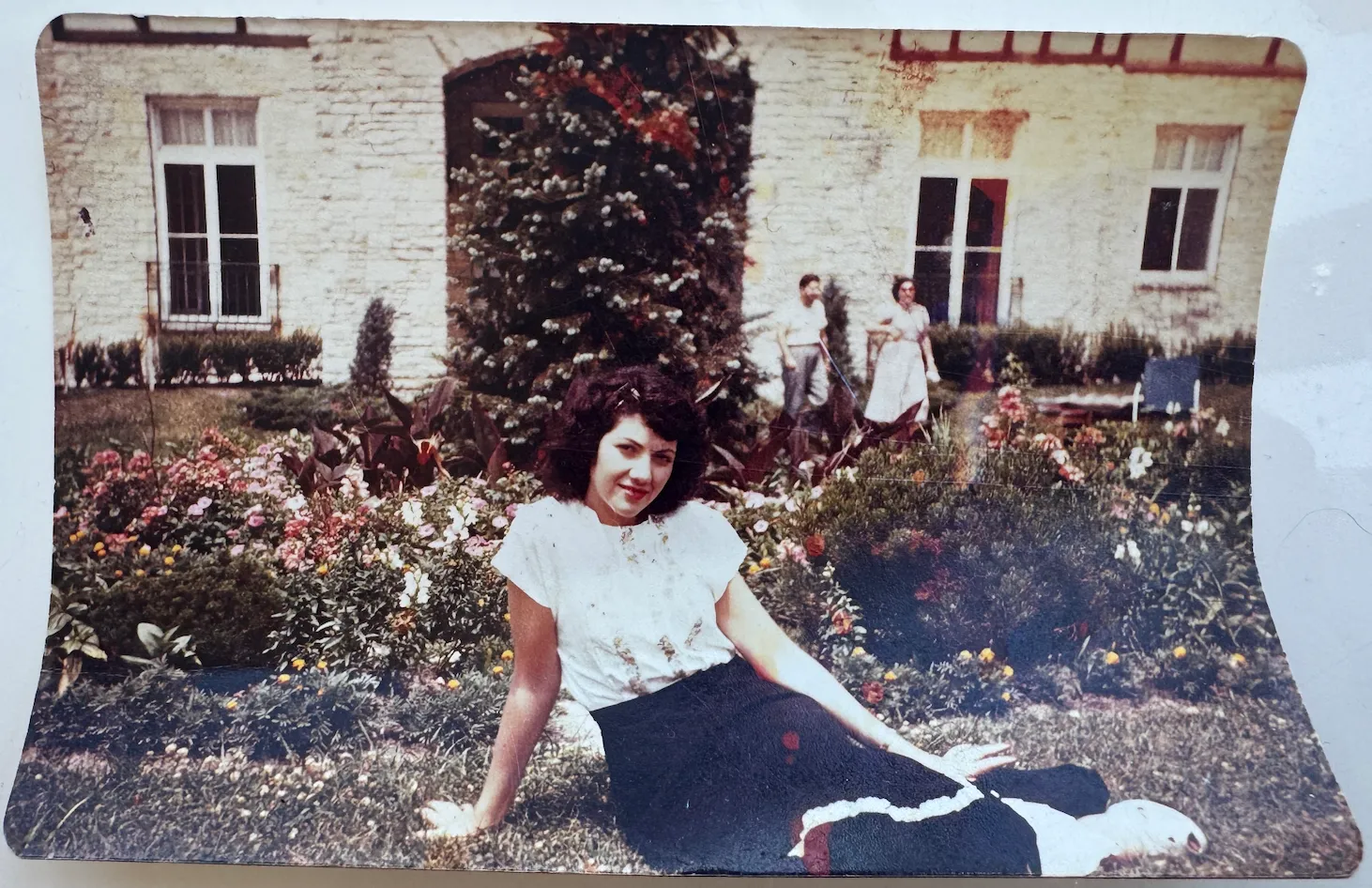
This Memorial Day, I sat around a table with my family in Michigan, sunlight spilling across coffee cups after the unveiling of my grandmother’s headstone.
In Jewish tradition, we end these moments with the phrase: “May her memory be a blessing.”
And on that day, her memory truly was—warm, funny, vivid.
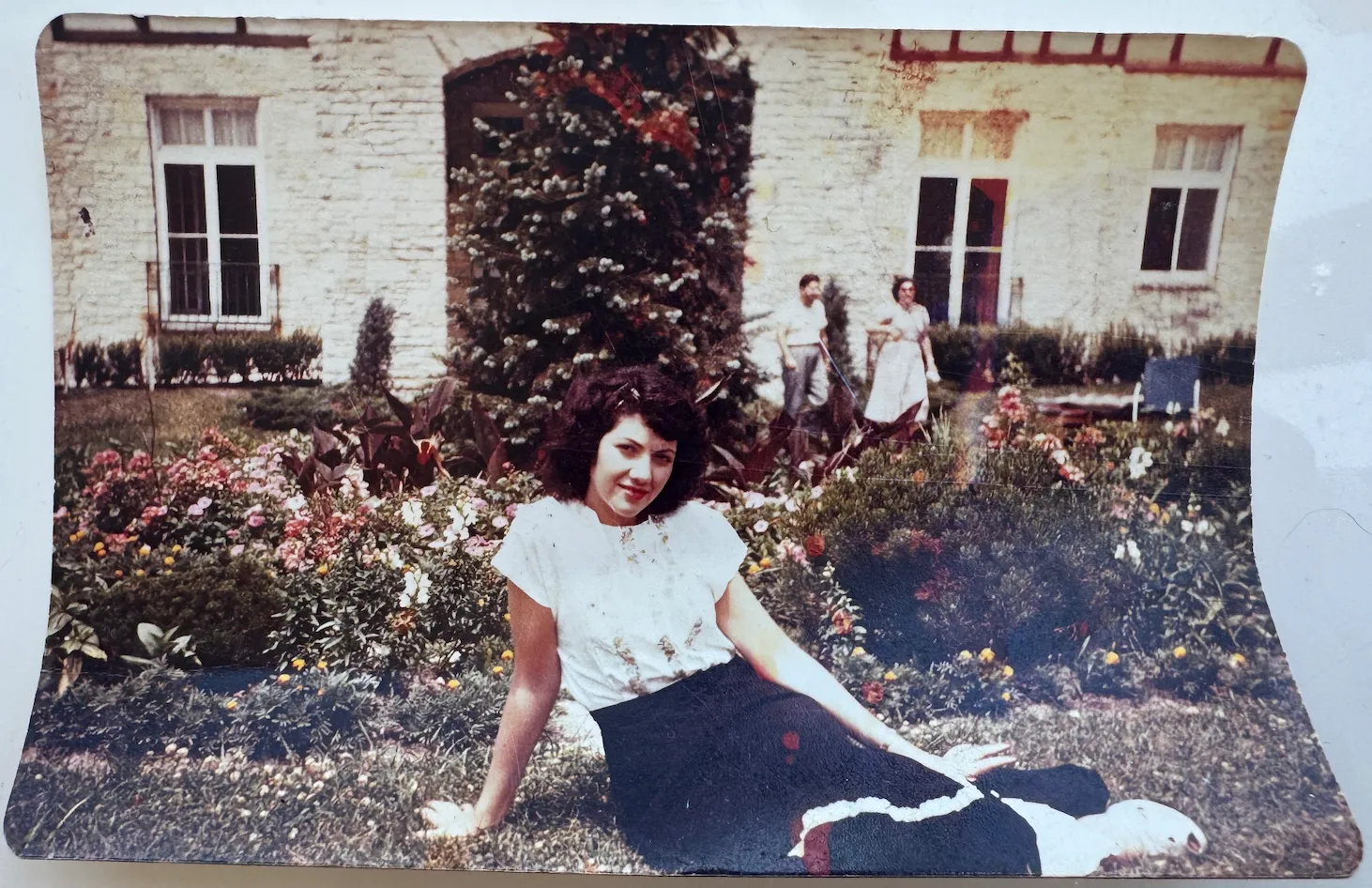
Over lunch, we started swapping stories about her. What we missed. What still brings her back to us without warning.
The word that kept coming up? Bacon.
Every Sunday, she cooked it—paper plates, paper towels, and exactly nine minutes in the microwave.
When she didn’t feel like it, she taught the grandkids how to do it instead.
It wasn’t fancy. It wasn’t kosher.
But it was Grandma’s house on a Sunday morning.
And every time I smell bacon, I’m right back in her kitchen—eight years old, barefoot, beaming, full of brunch & love.
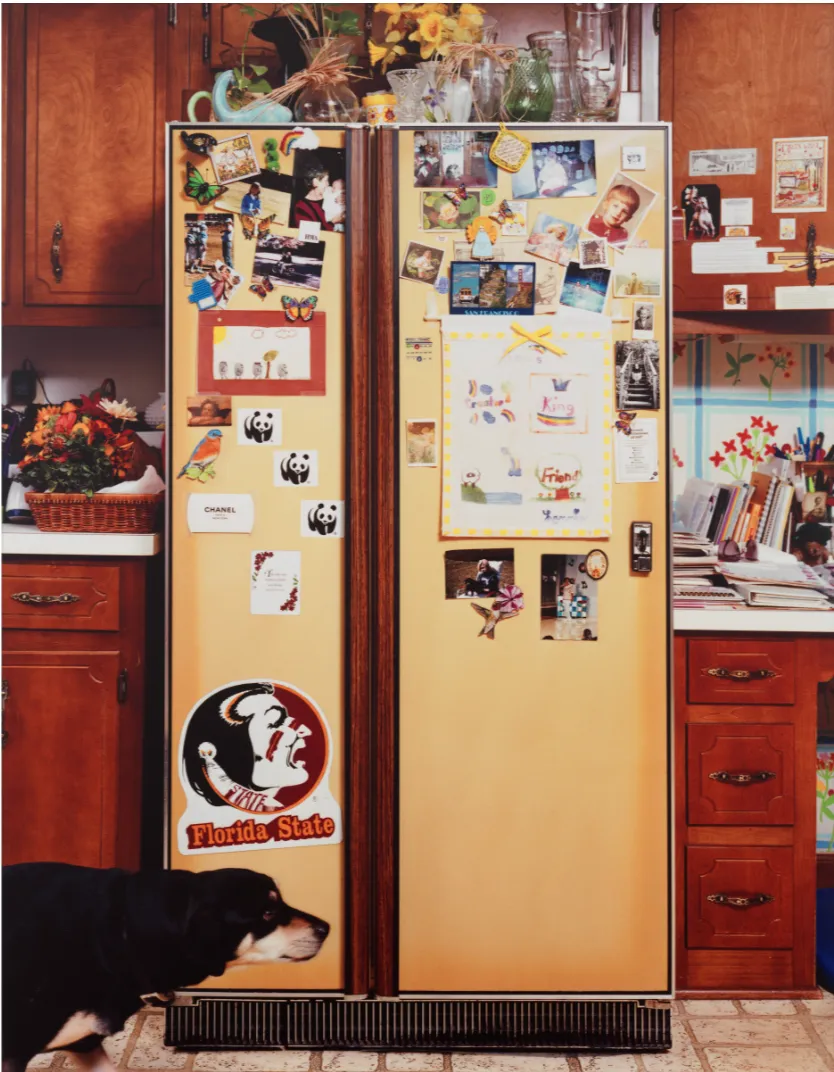
What nostalgia does to the brain
Nostalgia isn’t about the past—it’s about how our bodies remember safety.
When we recall emotionally charged sensory memories, we activate brain regions associated with:
- Emotional regulation
- Reward and meaning
- Identity and safety
It’s been shown to improve mood, increase resilience, and even lower physical pain
This is why we revisit the same songs, the same scents, the same rituals. They stabilize us.
“Nostalgia is a neural homecoming.”
— Clay Routledge, Ph.D.
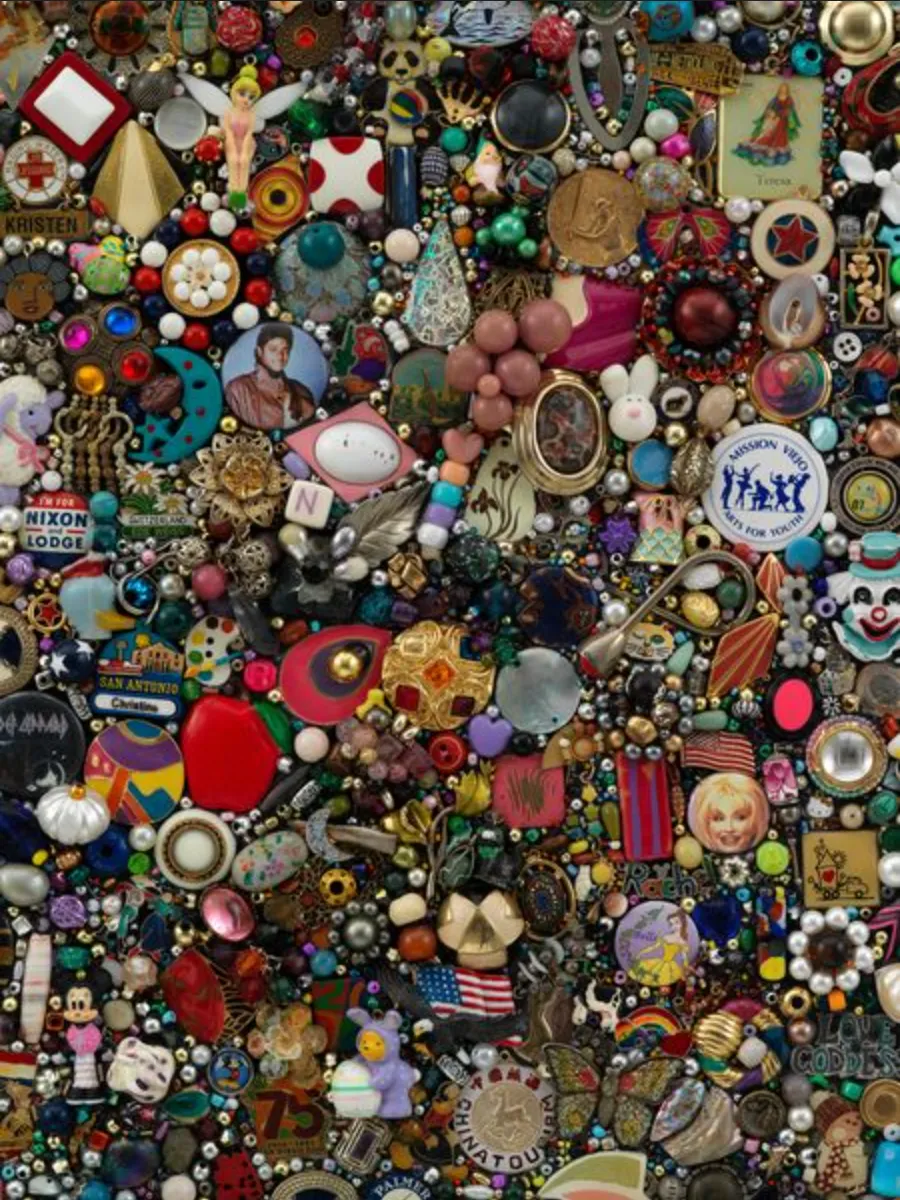
The design of memory
At the 2019 Salone del Mobile in Milan, Google, in collaboration with Susan Magsamen, Ivy Ross, and architect Suchi Reddy, created an installation called A Space for Being.
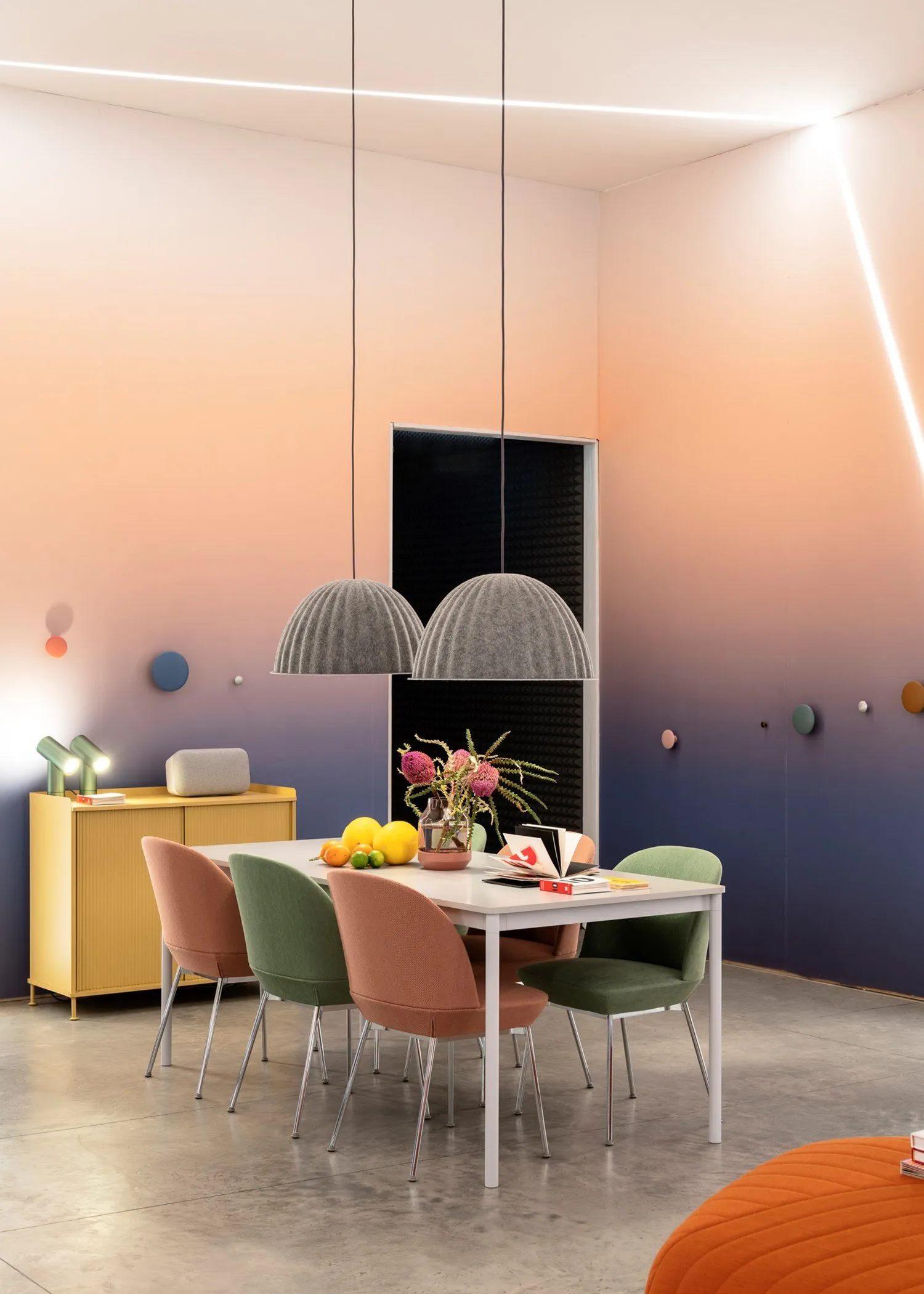
Visitors walked through three rooms, each designed with different aesthetic qualities—color, material, light, scent—and wore biometric sensors to track how their bodies responded.
The result? People didn’t always choose the space they liked most visually.
They chose the one where their bodies felt most regulated.
As Magsamen put it:
“Our brains don’t separate memory from emotion. When design echoes a past experience—whether through scent, shape, or tone—we don’t just think about it. We feel it.”
Design that taps into memory isn’t retro.
It’s neurologically intelligent.
Curating Art for Nostalgia
Art doesn't need to be literal to evoke memory.
Some of the most nostalgic pieces I’ve placed in spaces are abstract or minimal—but they carry emotional charge through color, texture, or material.
At RAREculture, our head curator Abbie is always on the hunt for these kinds of pieces.
She combs estate sales, antique shows, and dusty corners of upstate auctions—not for pristine perfection, but for the imprint of a life lived.
She finds works that feel familiar, even when you’ve never seen them before.
That carry warmth. Weight. Whispered history.
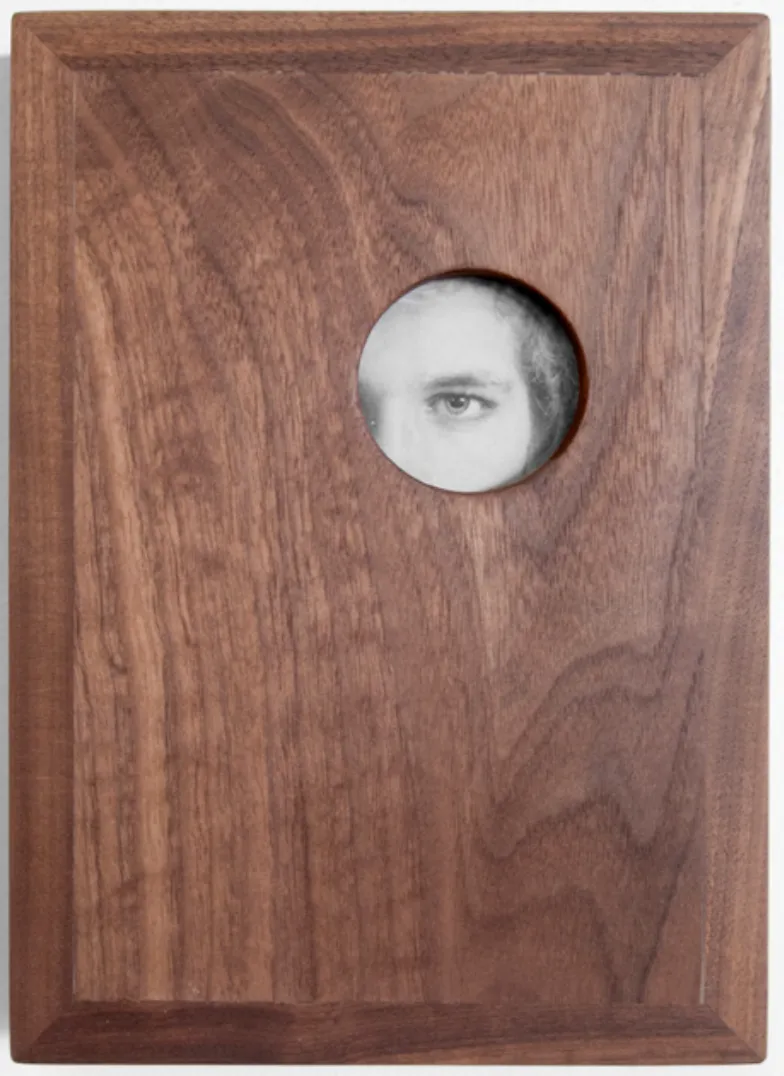
Some artists embed memory right into their medium.
Do Ho Suh, for example, reconstructs his former homes in translucent fabric—ghostlike, walkable replicas that hold personal history in every seam.
At the Tate Modern, standing inside one of his installations felt less like viewing art and more like stepping into a memory.
“A home is not about the structure or the material—it’s about the people, the time, the emotions, and the layers of memory,” Suh says.
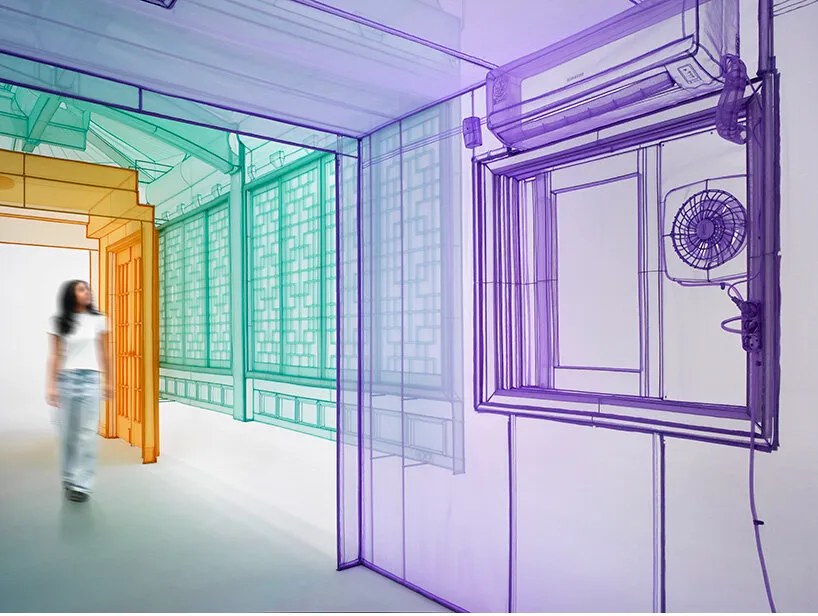
When curating for nostalgia:
- Look for emotional texture, not just visual polish. Work that feels worn, quiet, or tactile often holds more memory than high-gloss statement pieces.
- Pull from palettes and materials that mirror memory—like clay, faded linen, forest green, ochre, washed-out reds.
- Choose work that reflects atmosphere over narrative. A blurred photo. A shadowed figure. A shape that reminds you of something you forgot.
- And always, trust your gut. Nostalgia is a feeling first, and a story second.
The most powerful art doesn’t just match a space.
It brings something long-forgotten back into view.
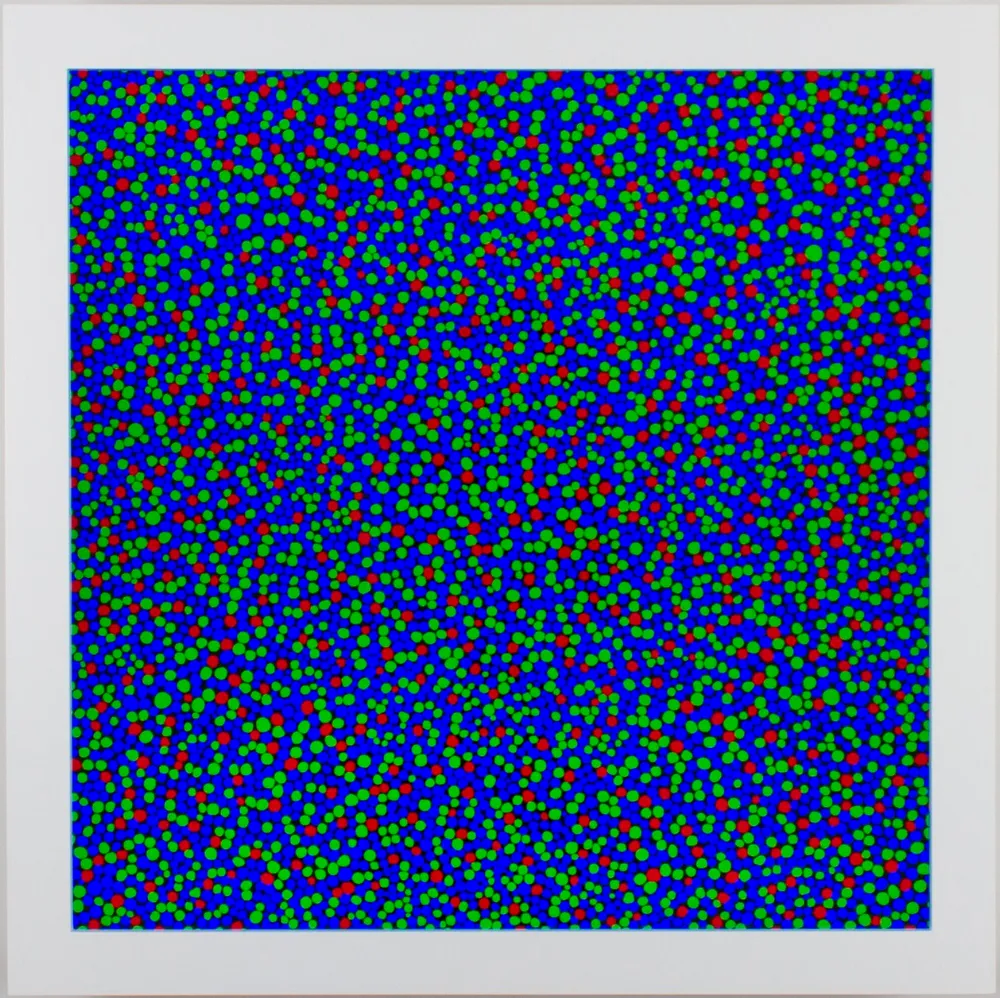
Final Thought
We don’t remember entire rooms.
We remember the feeling of being in them.
The light on the floor.
The color of the mug.
The picture that reminded you of someone you couldn’t name.
Nostalgia gives the nervous system a place to rest.
Design gives it a place to live.
💌
Elle
P.S. ✨ Your Turn
When was the last time you felt nostalgia?
What brought it on—a scent, a space, a song, a specific object?
Comment below or hit reply. I’d love to hear your story.
Let’s turn this into a shared archive of memory.
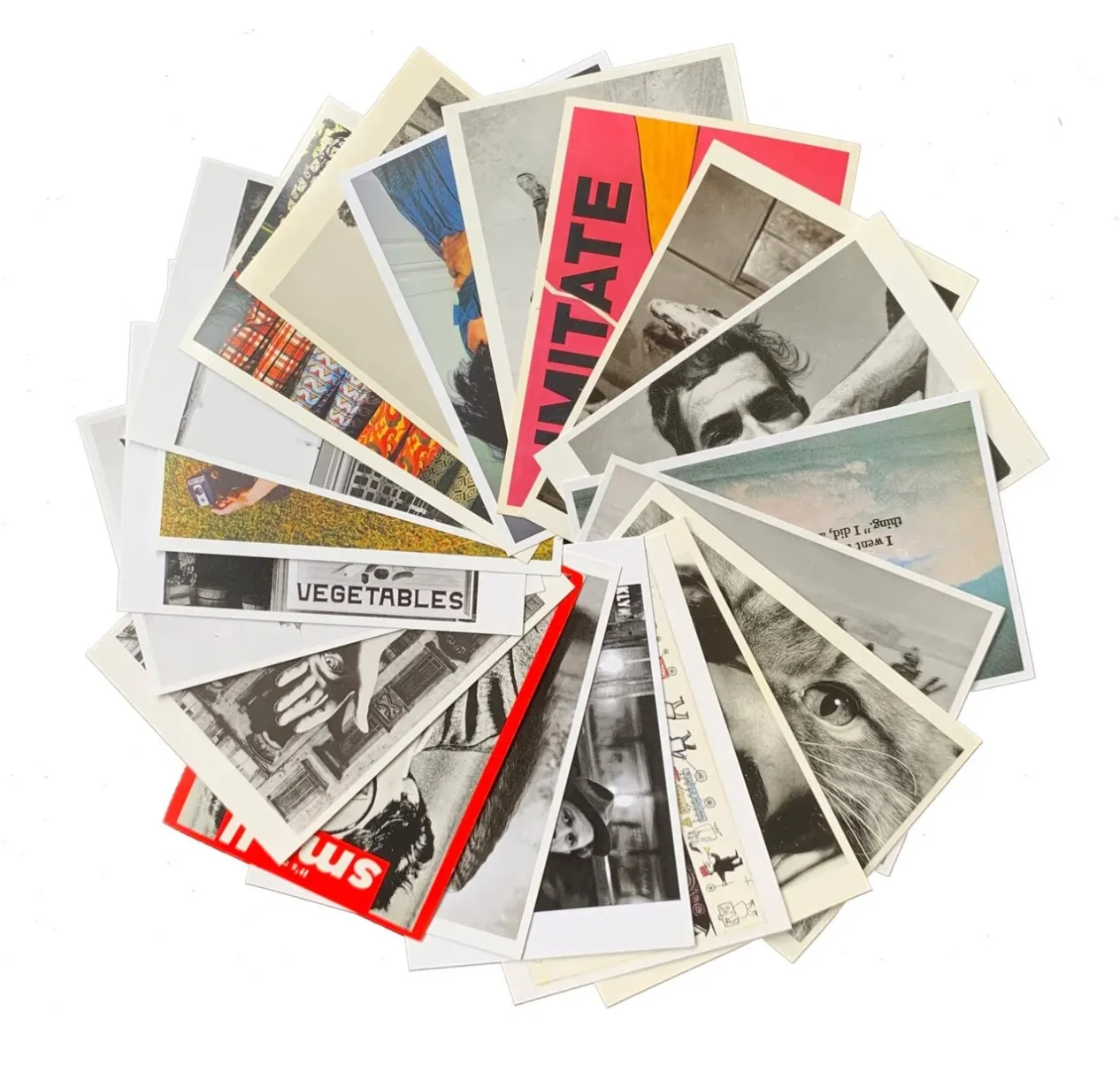



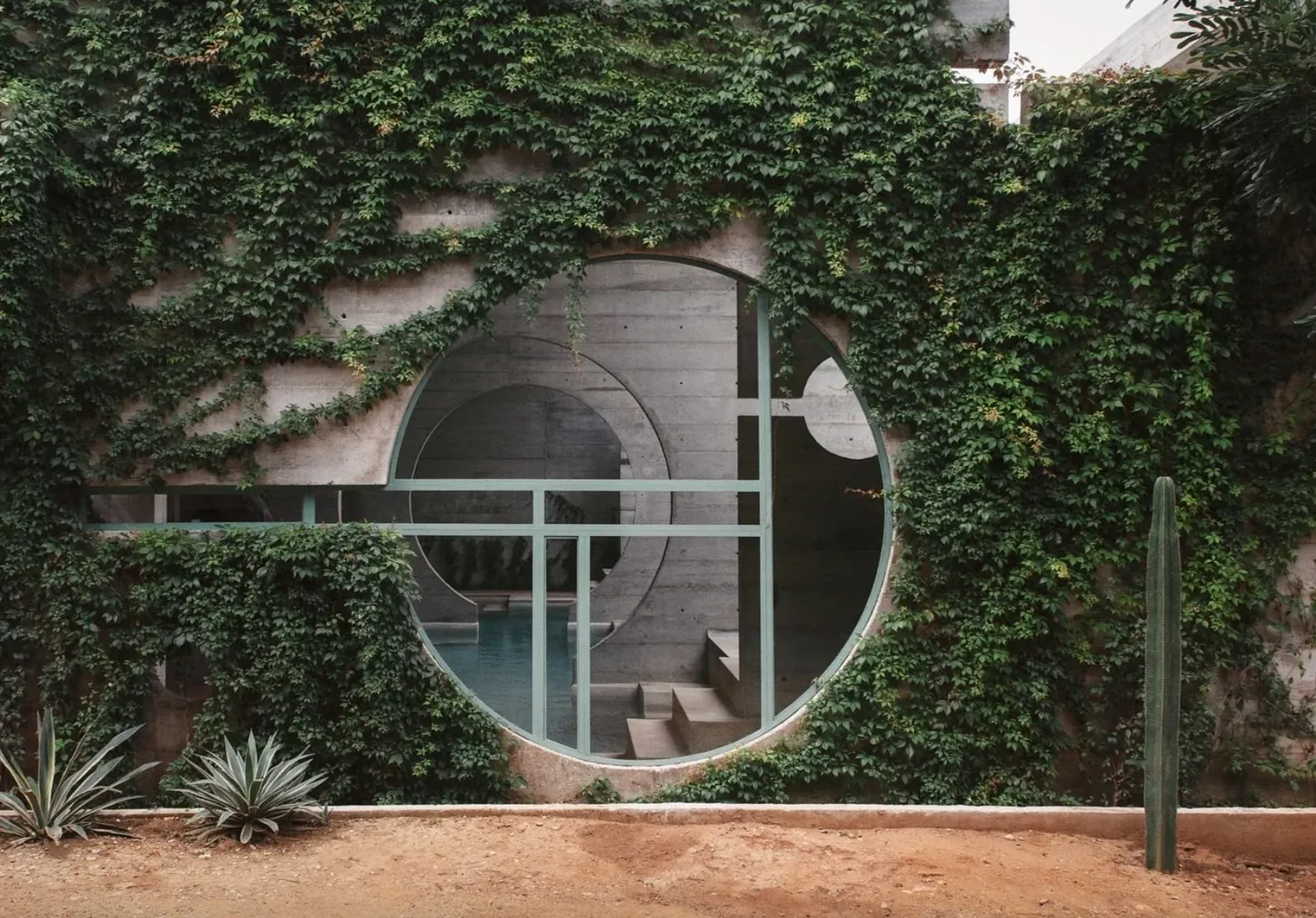
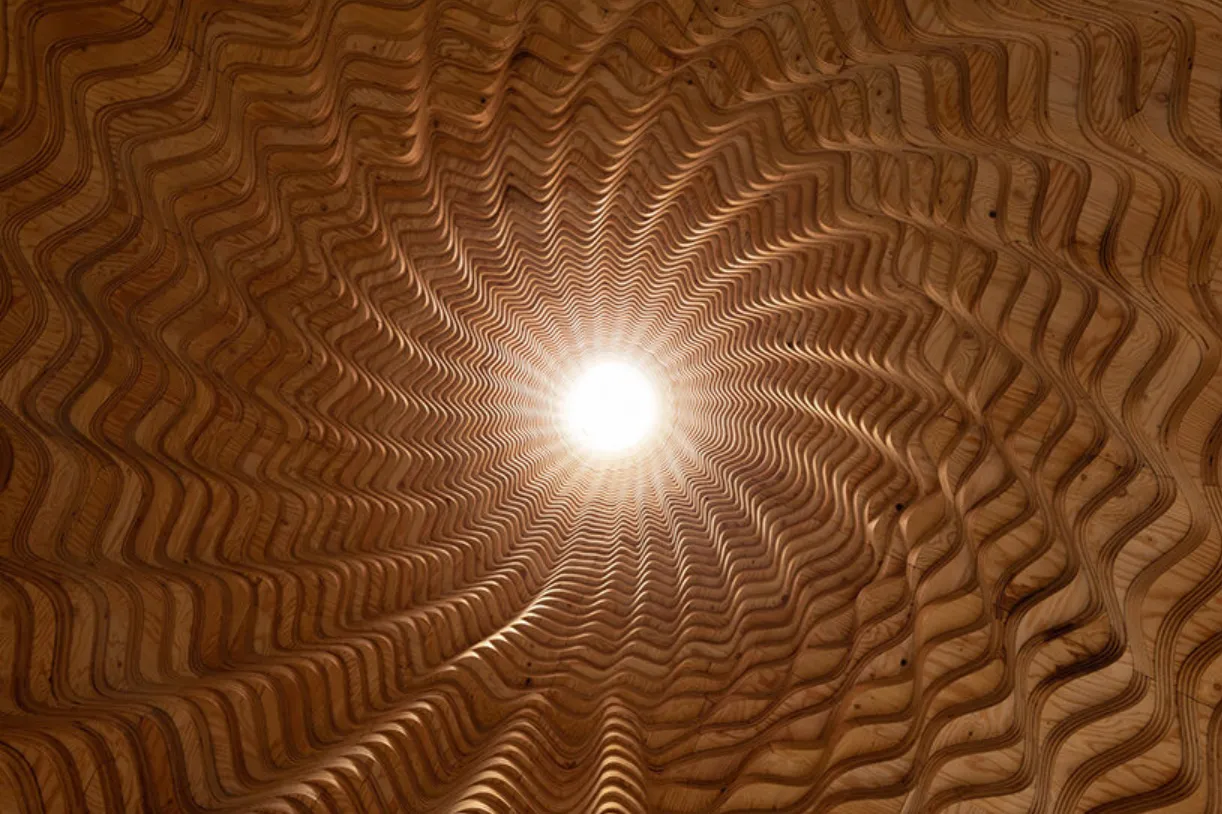
.svg)
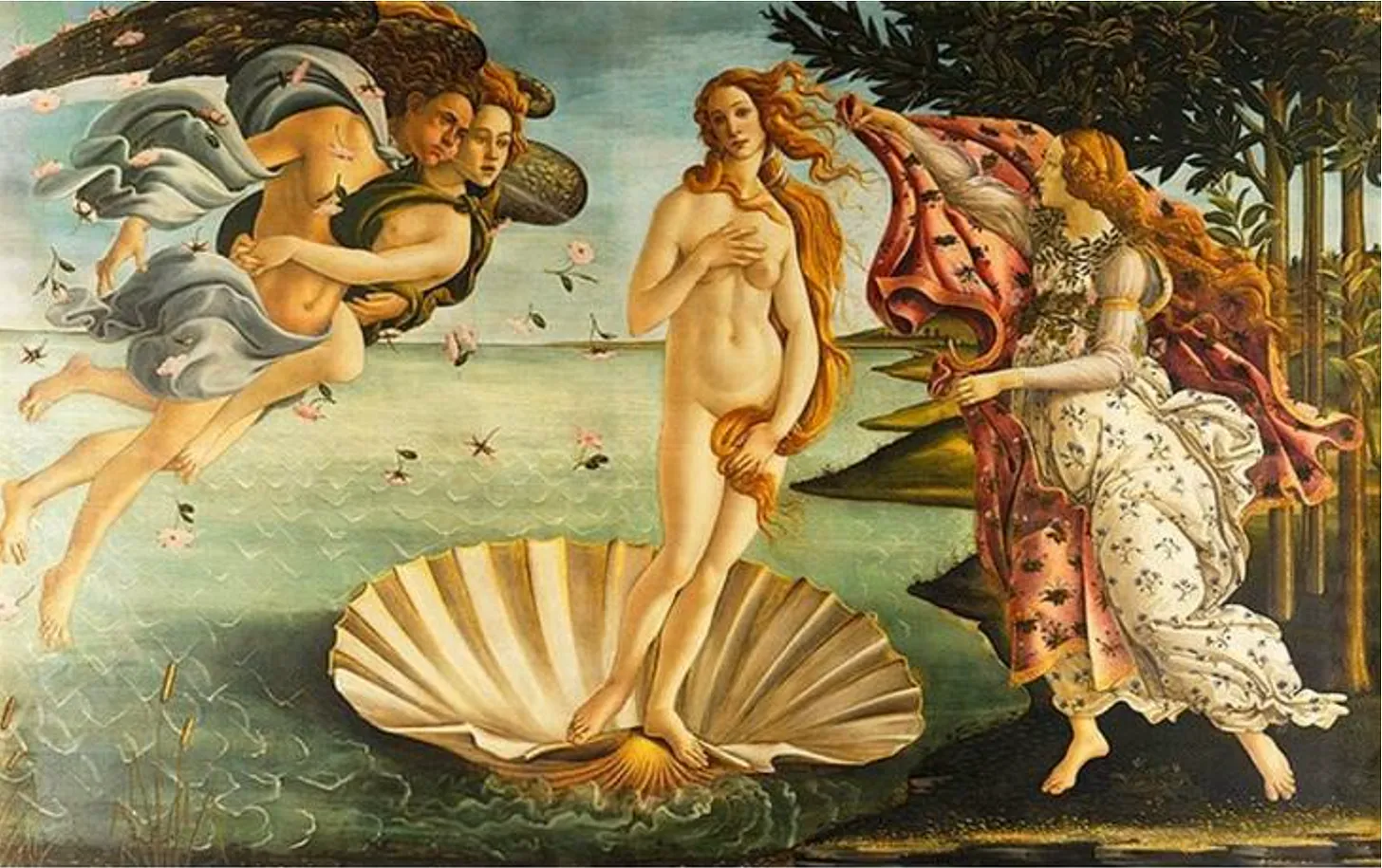
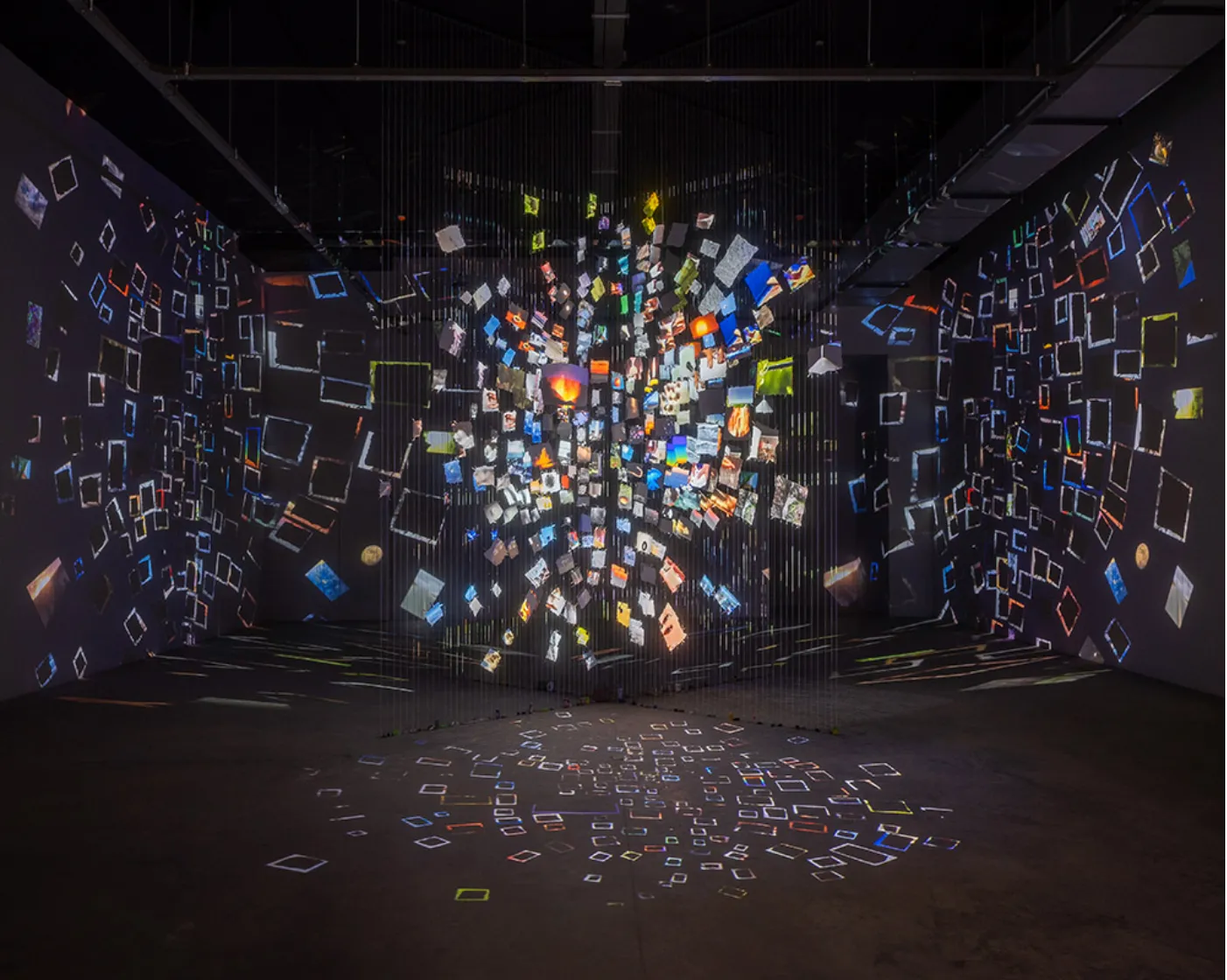
.svg)
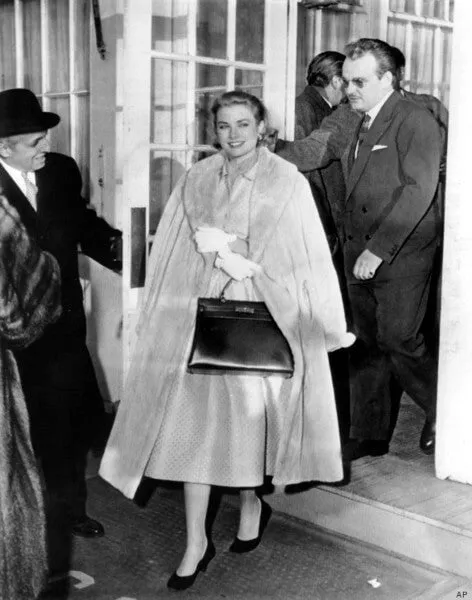
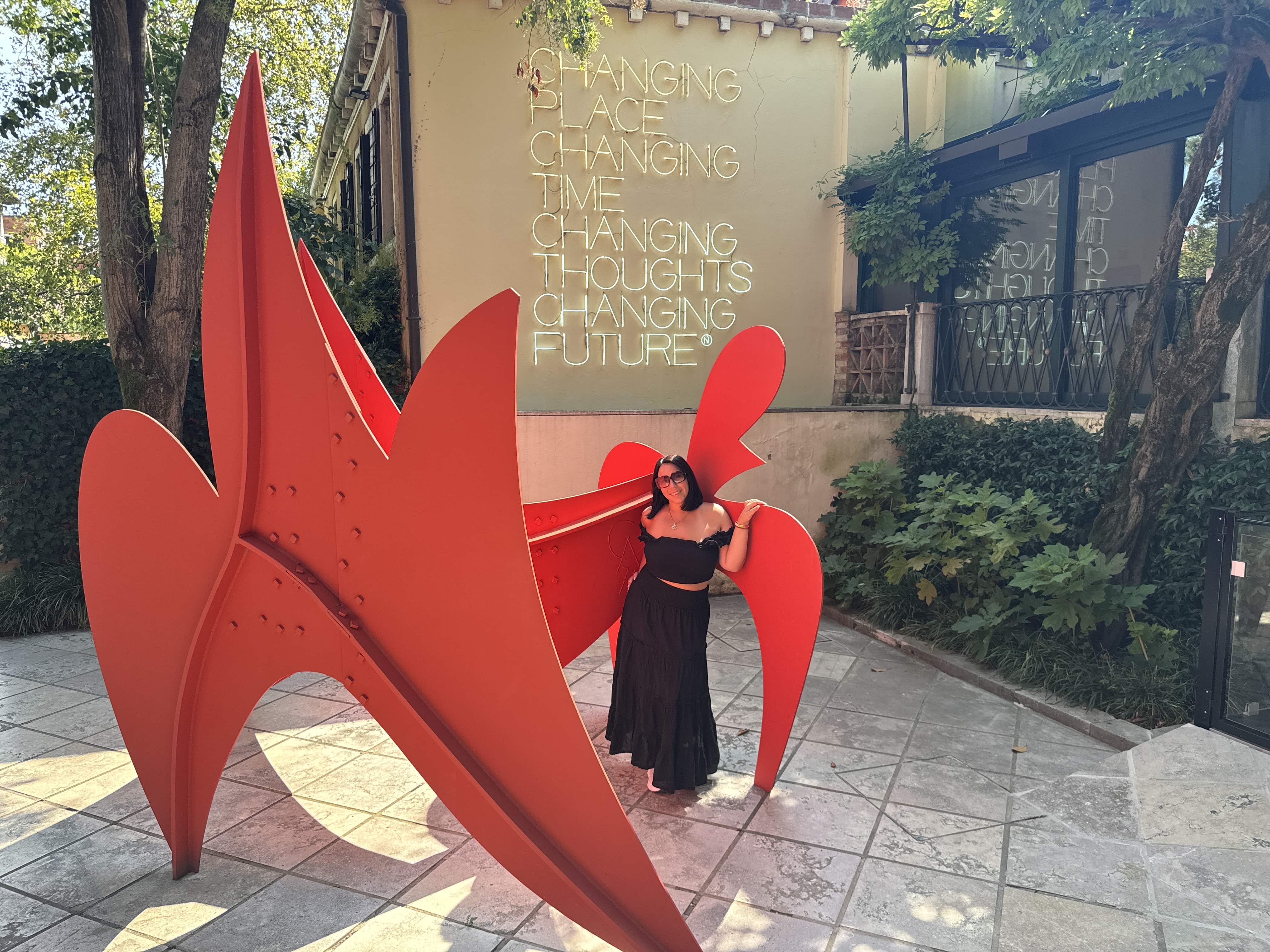
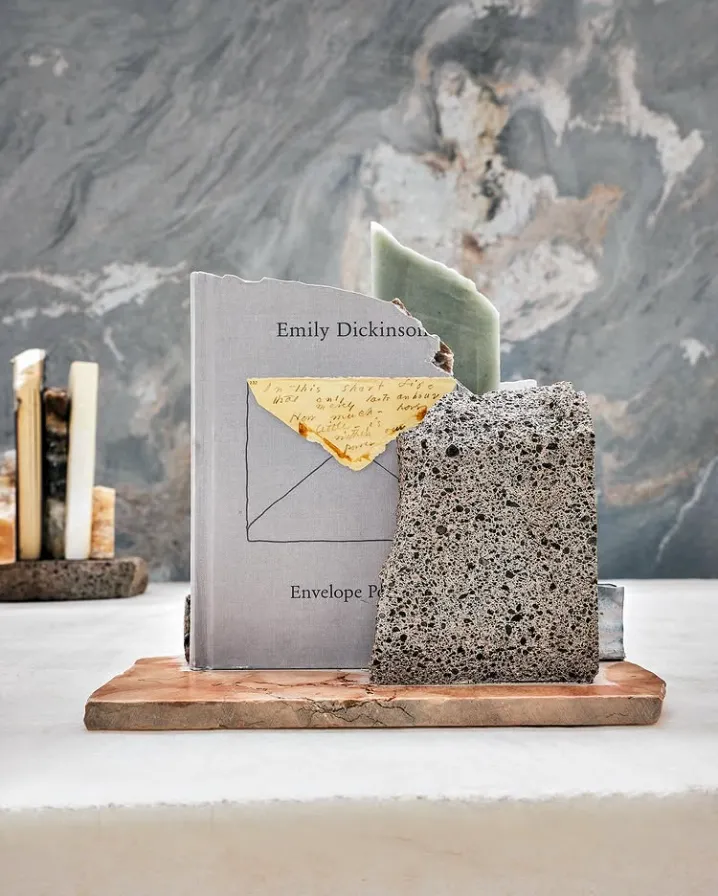
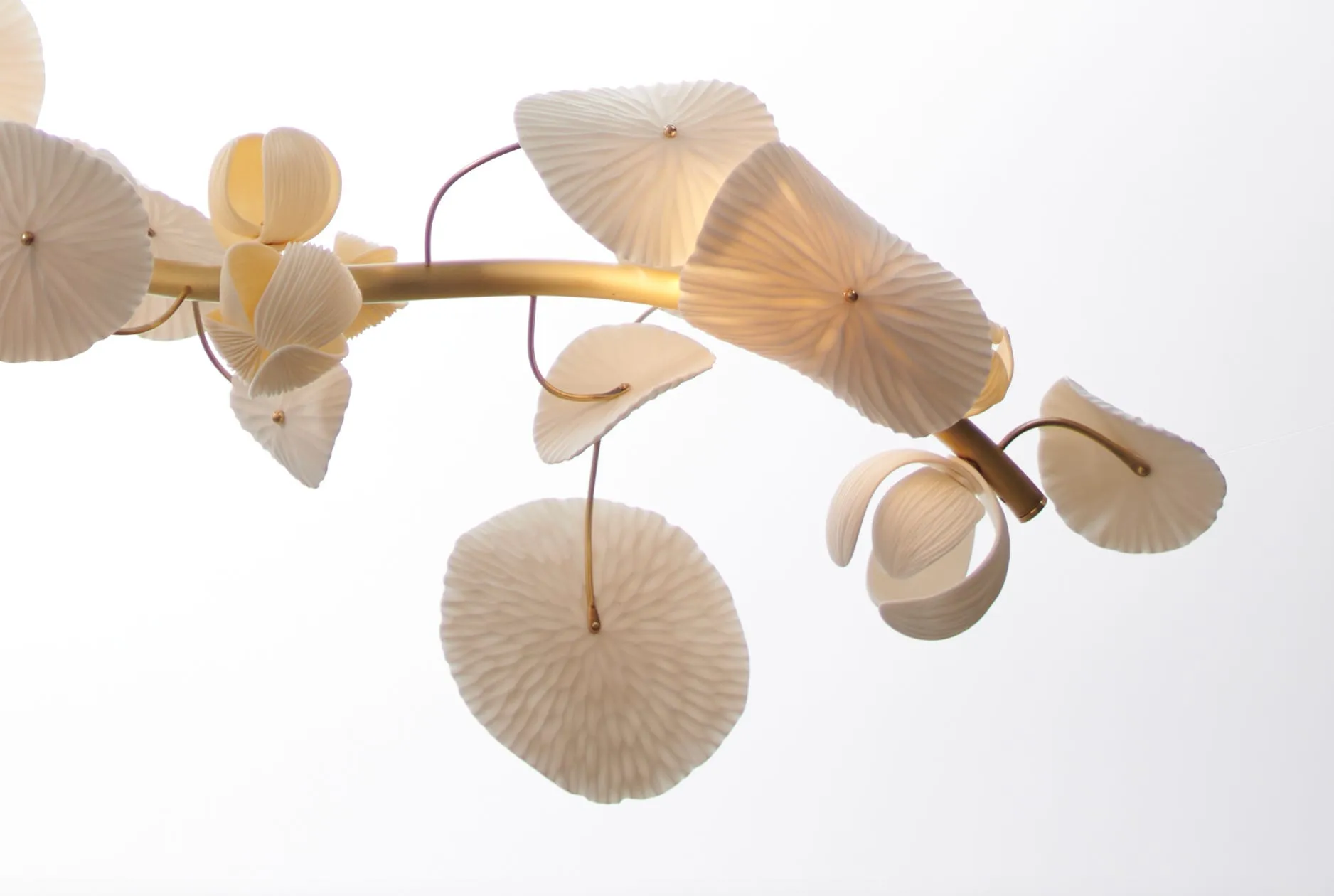

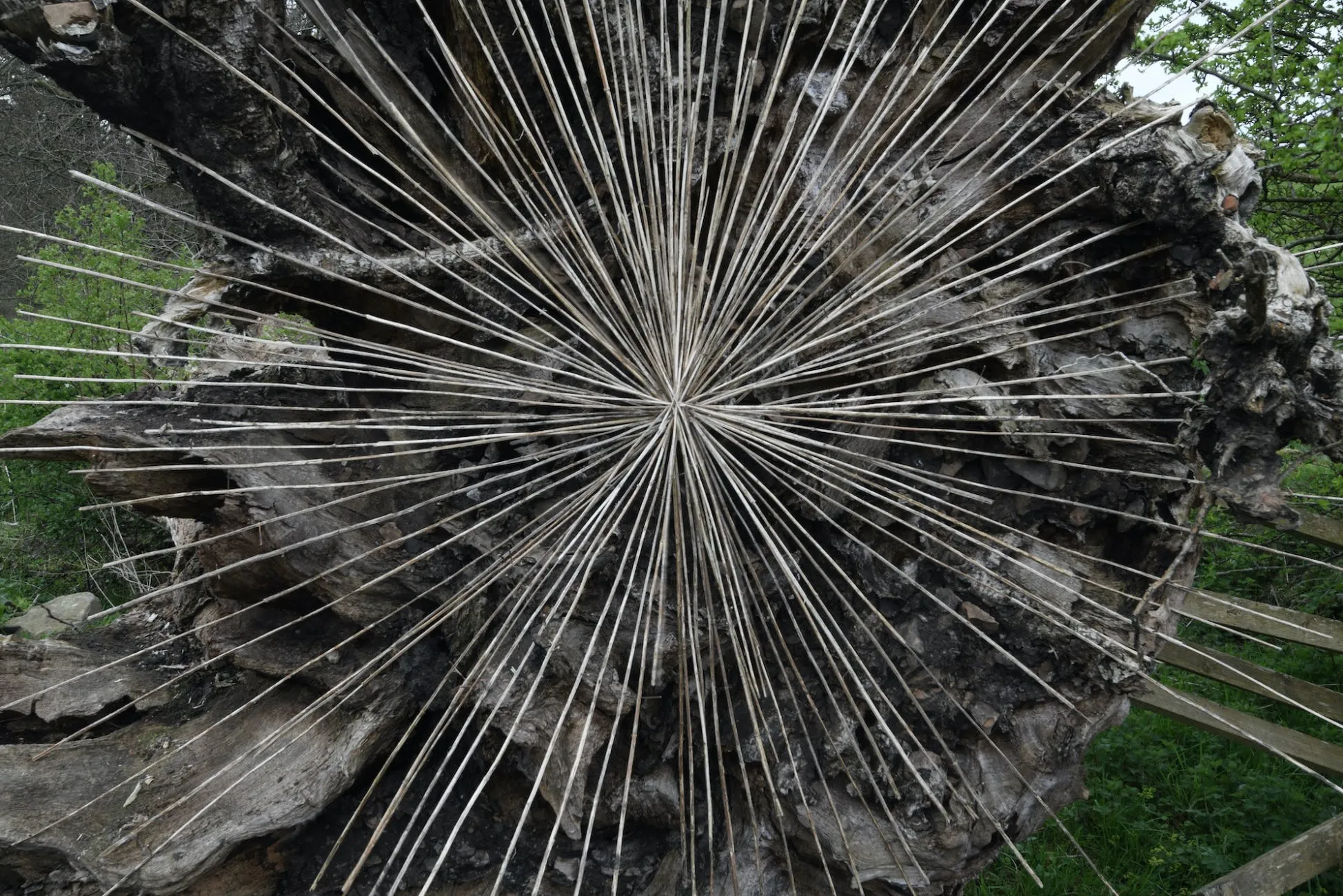
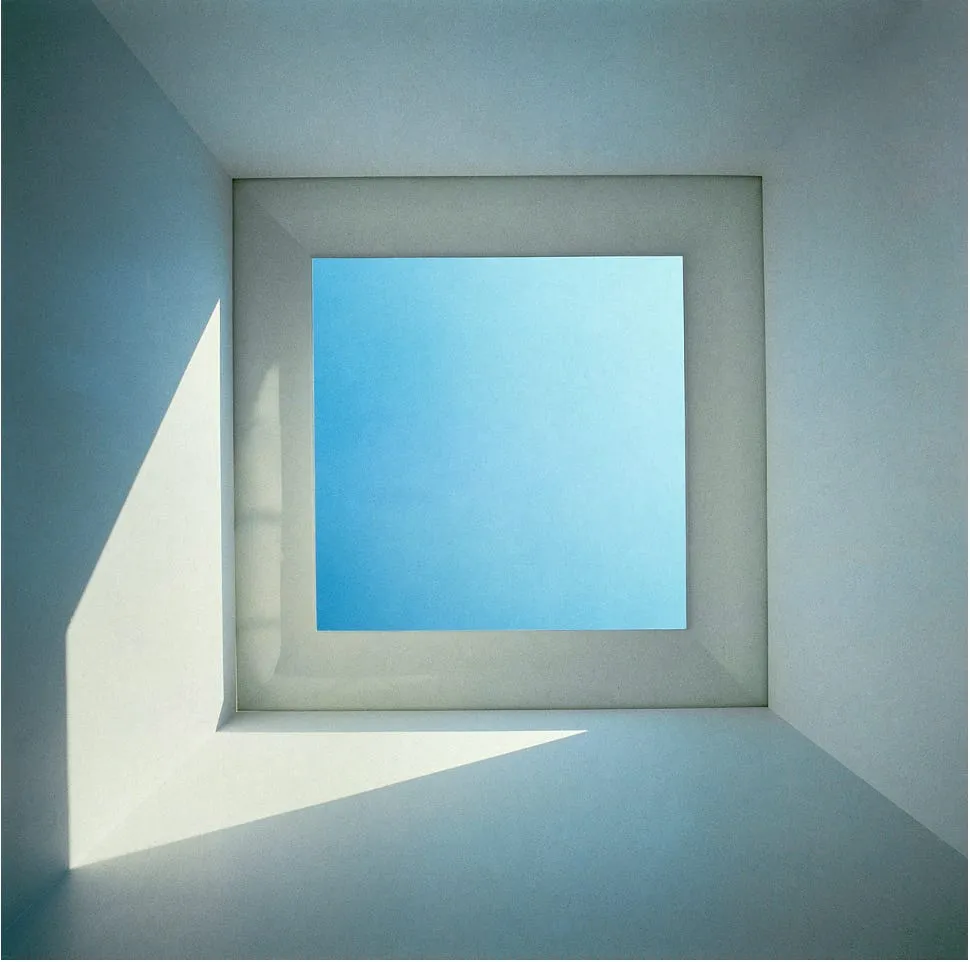
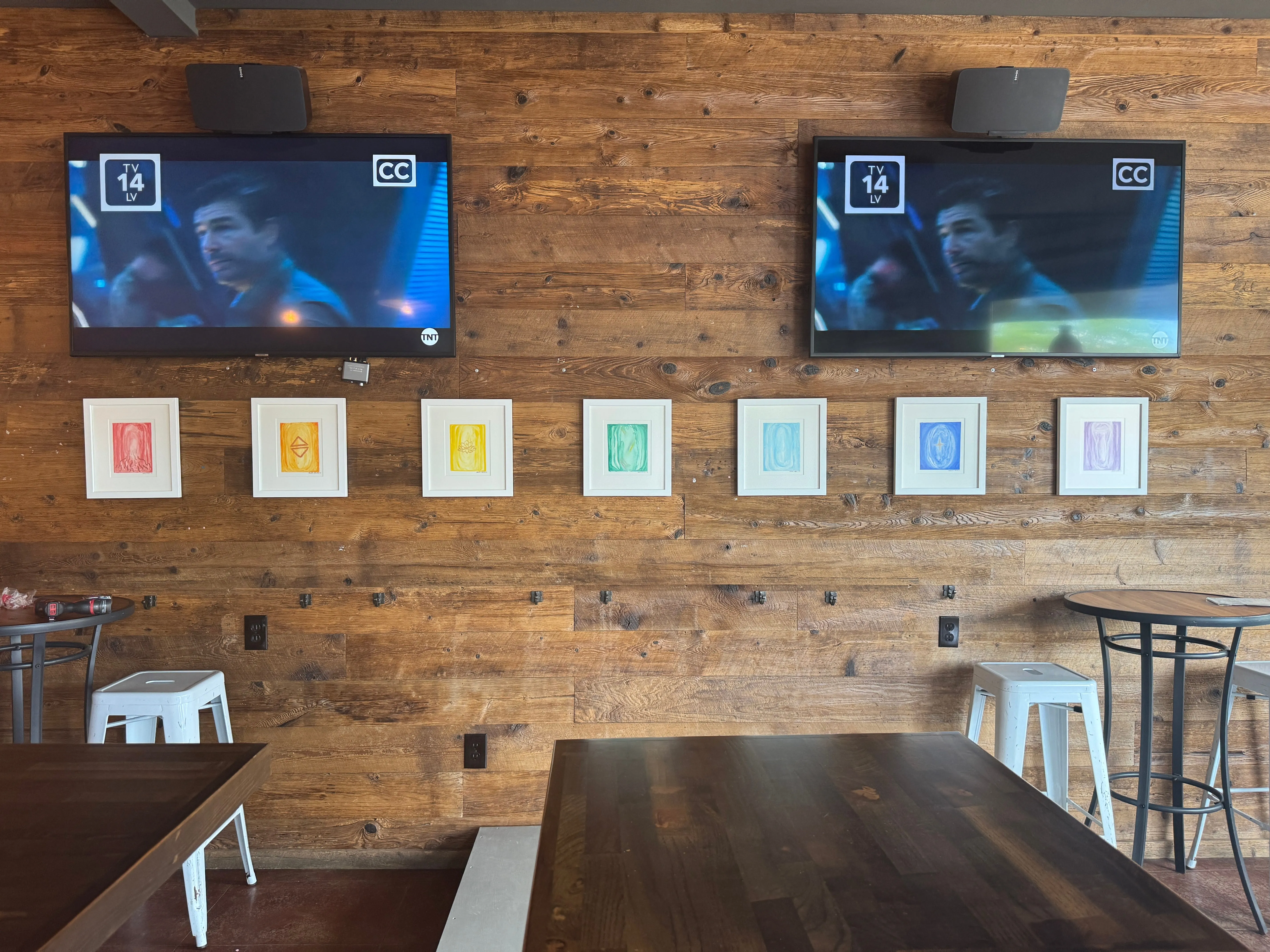
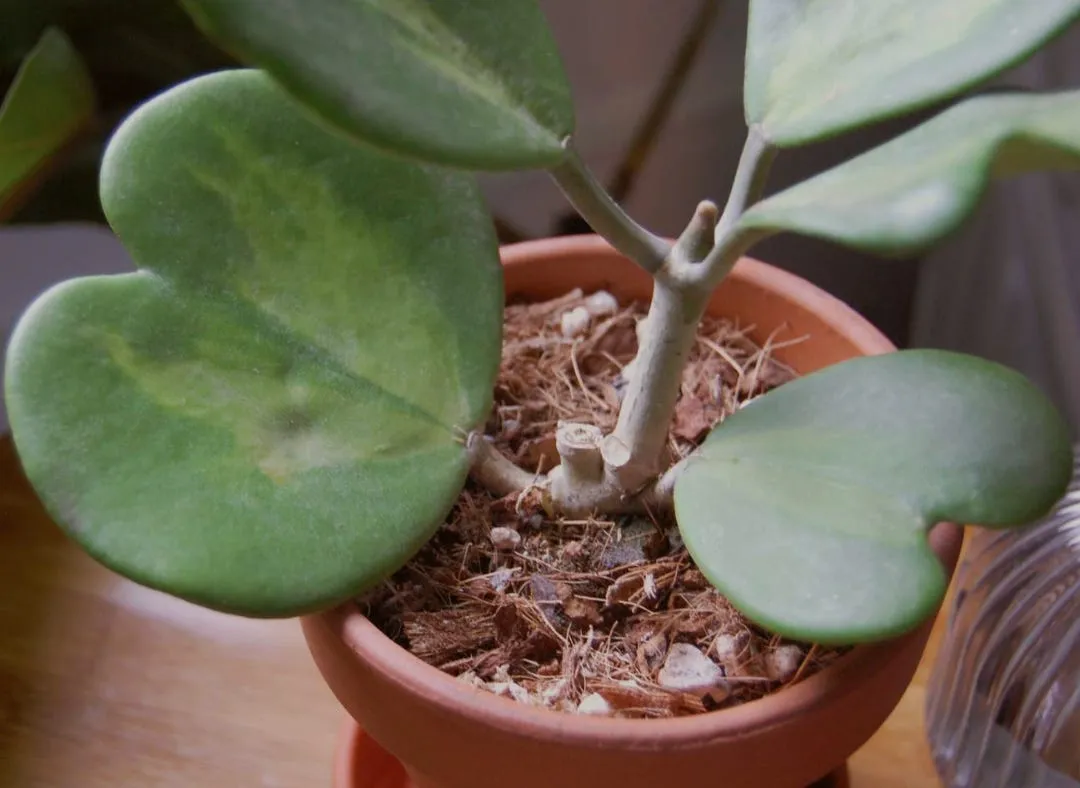

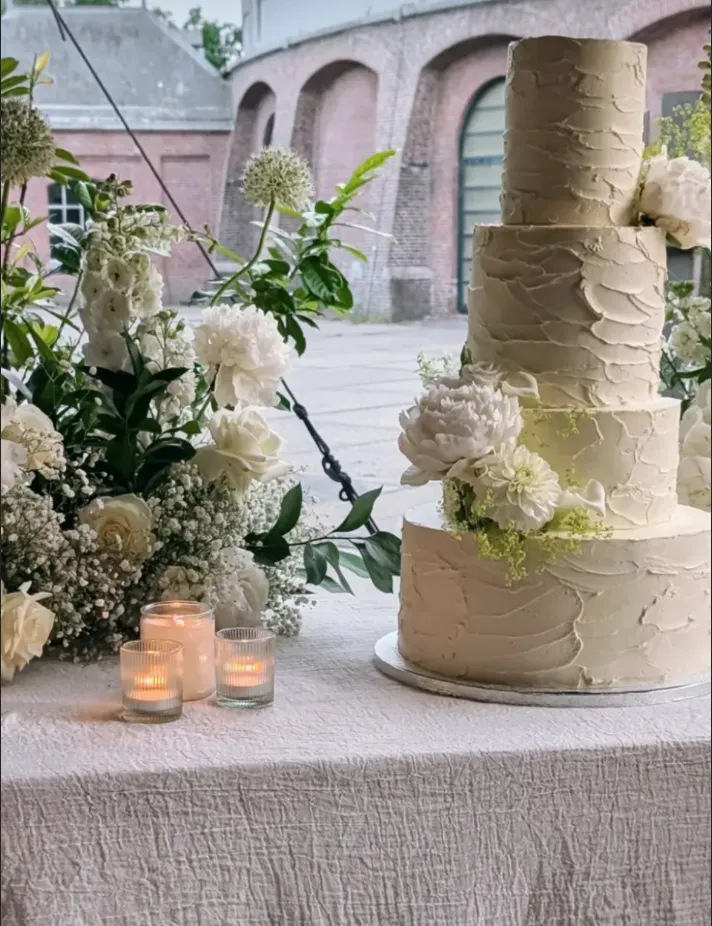
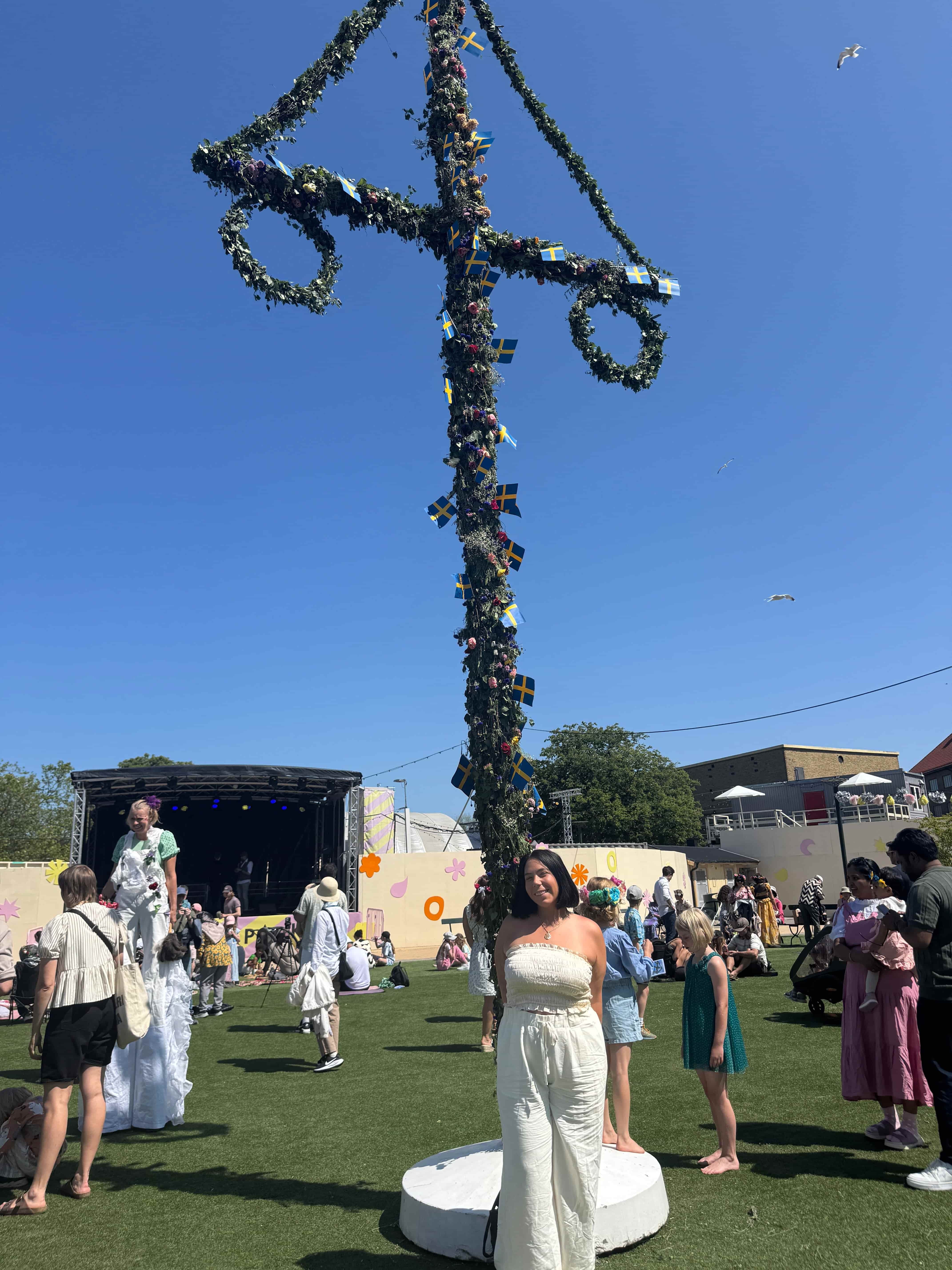

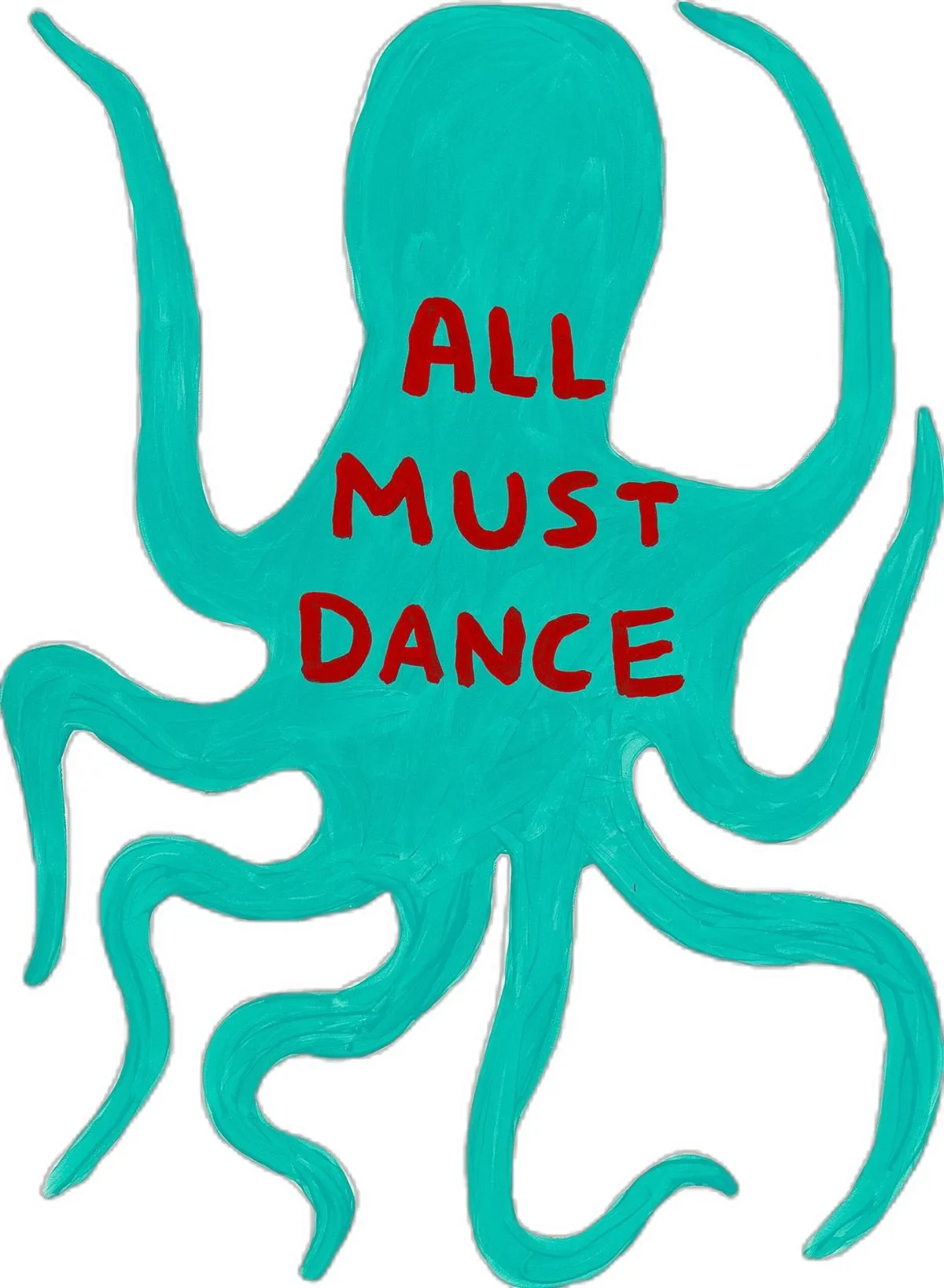


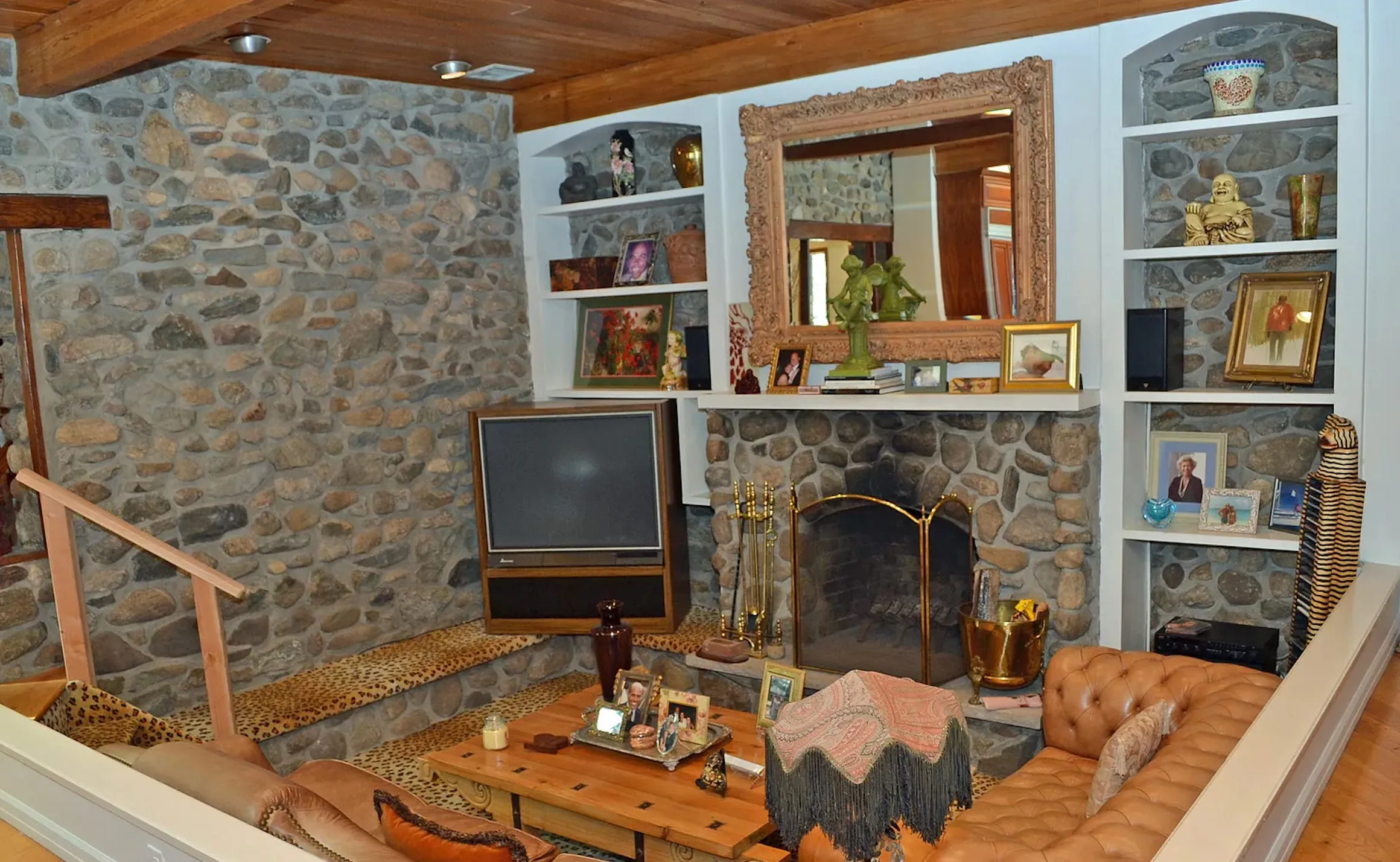
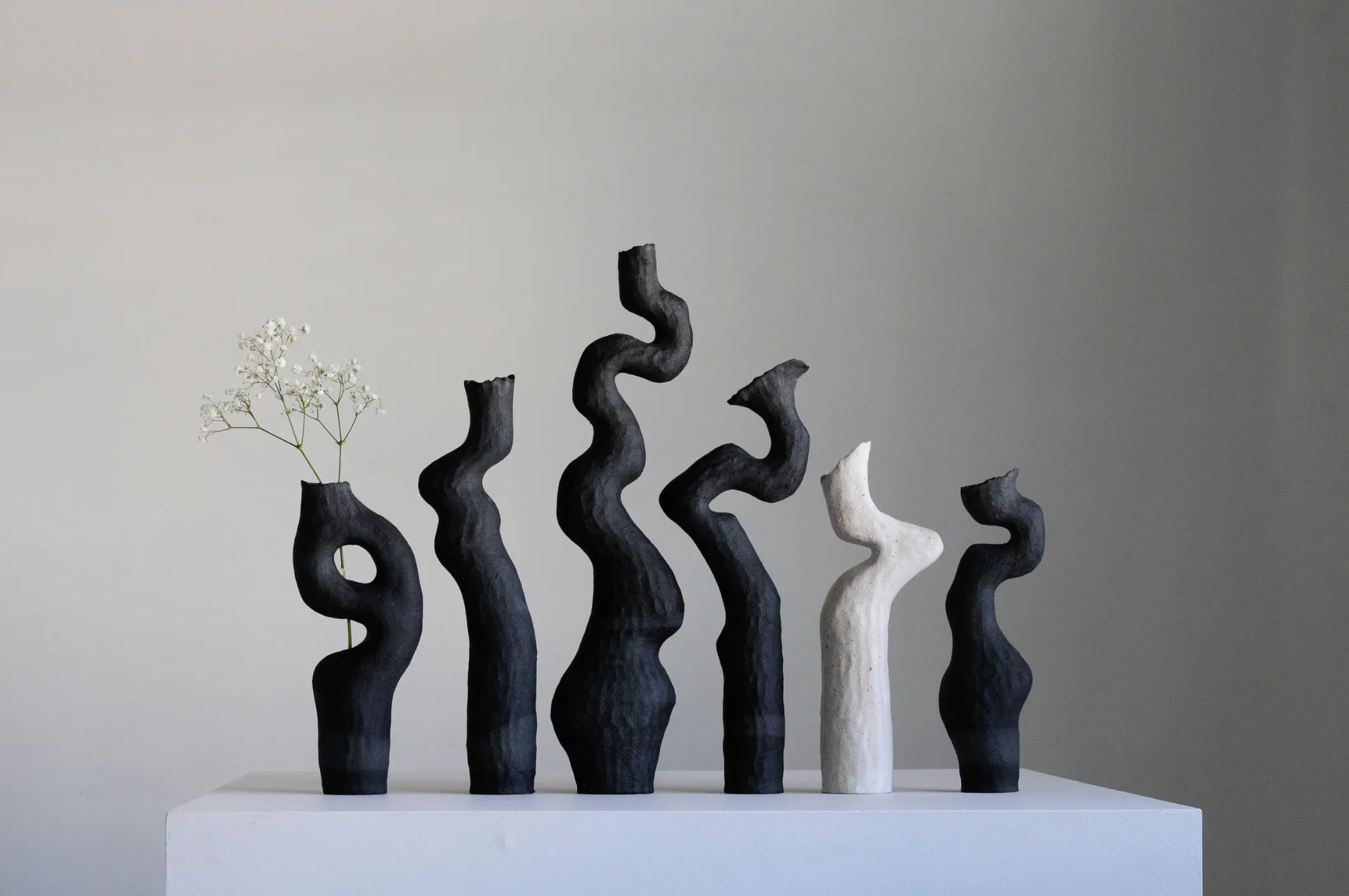

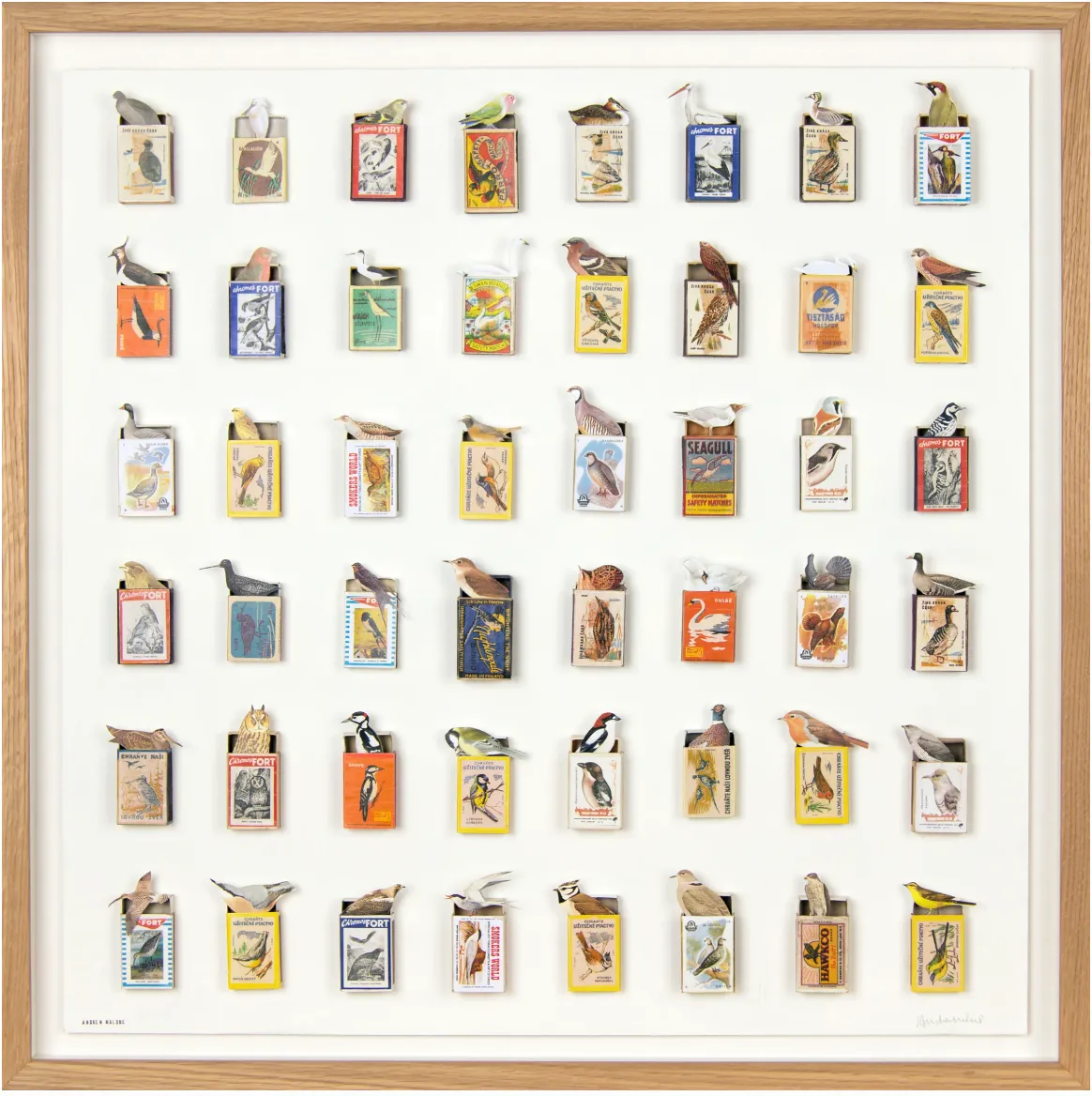

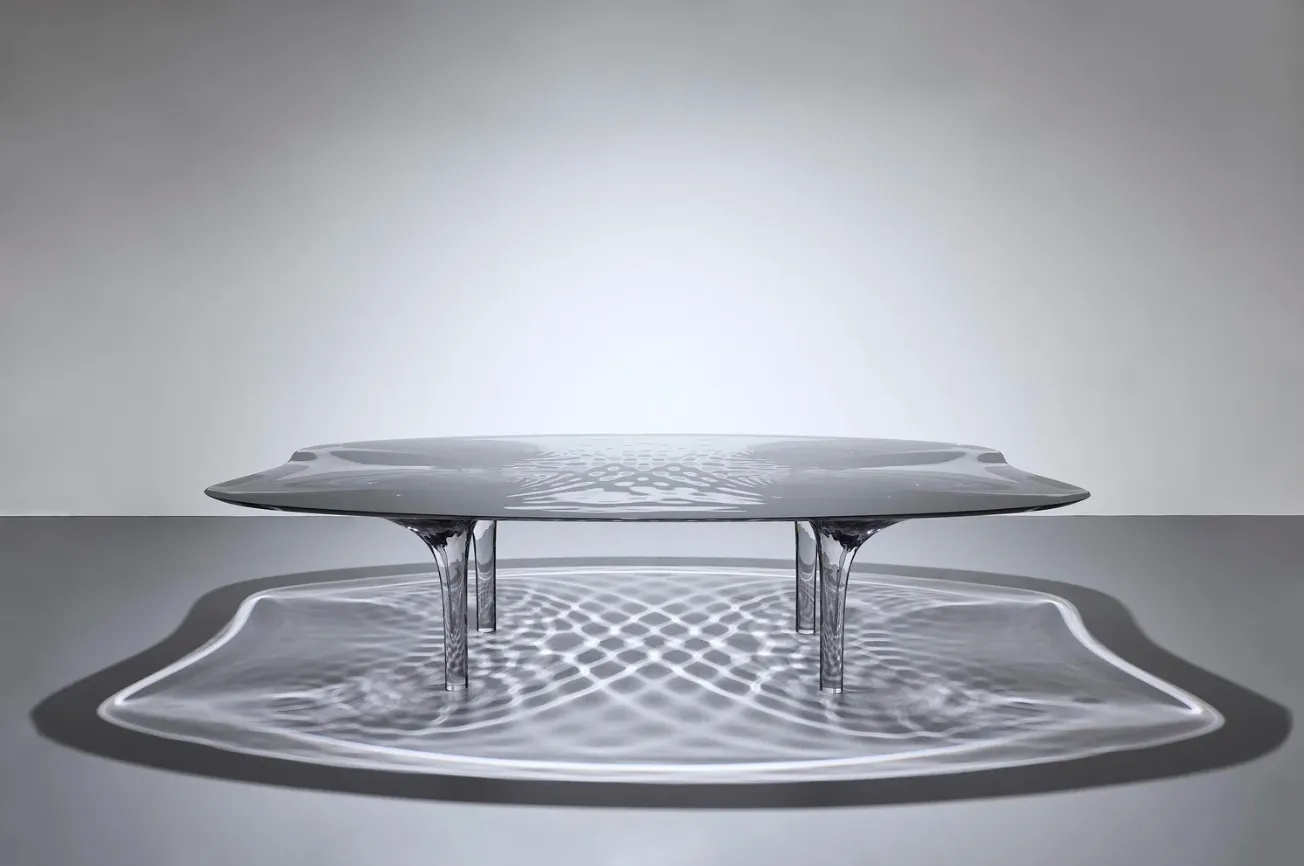
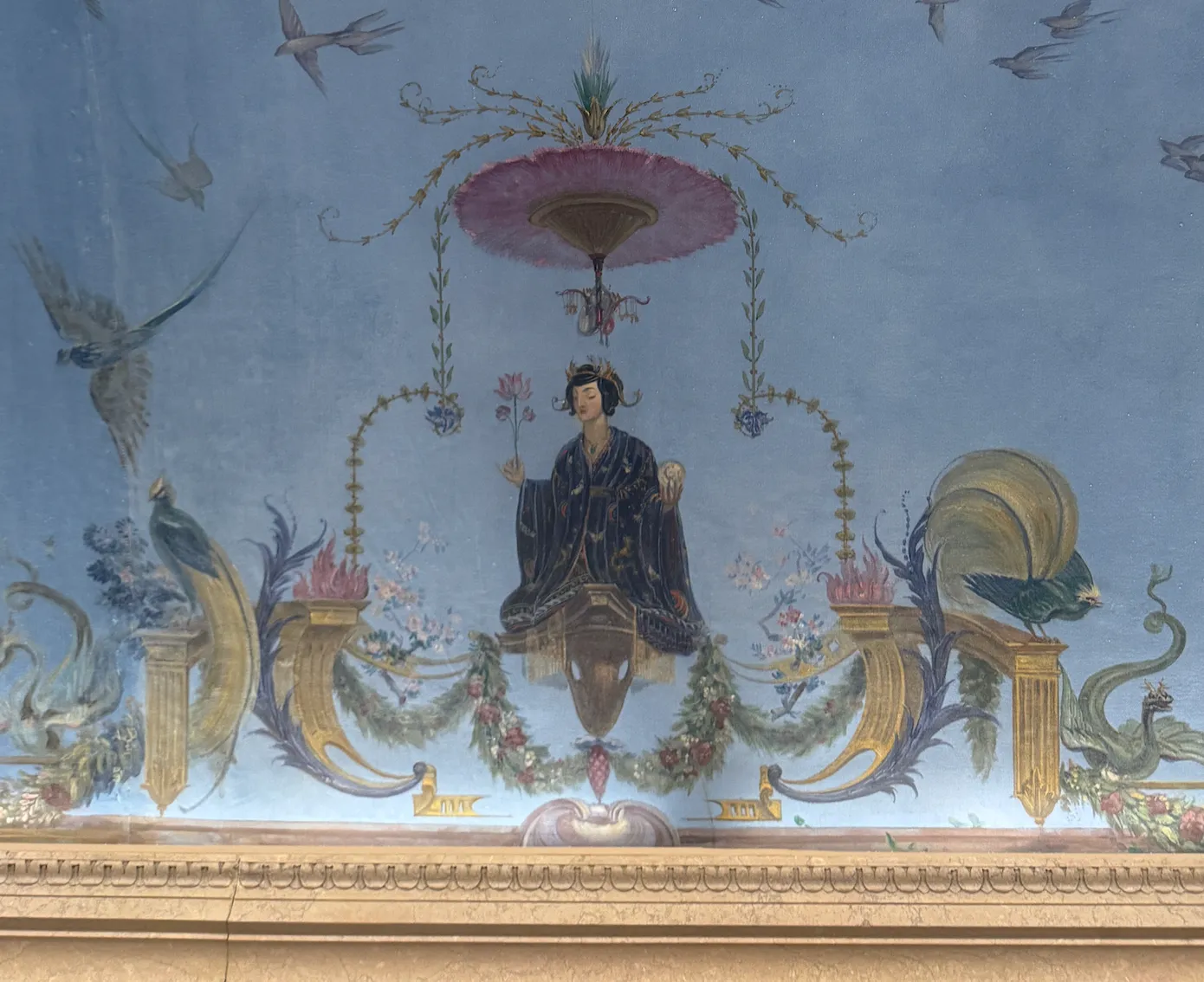
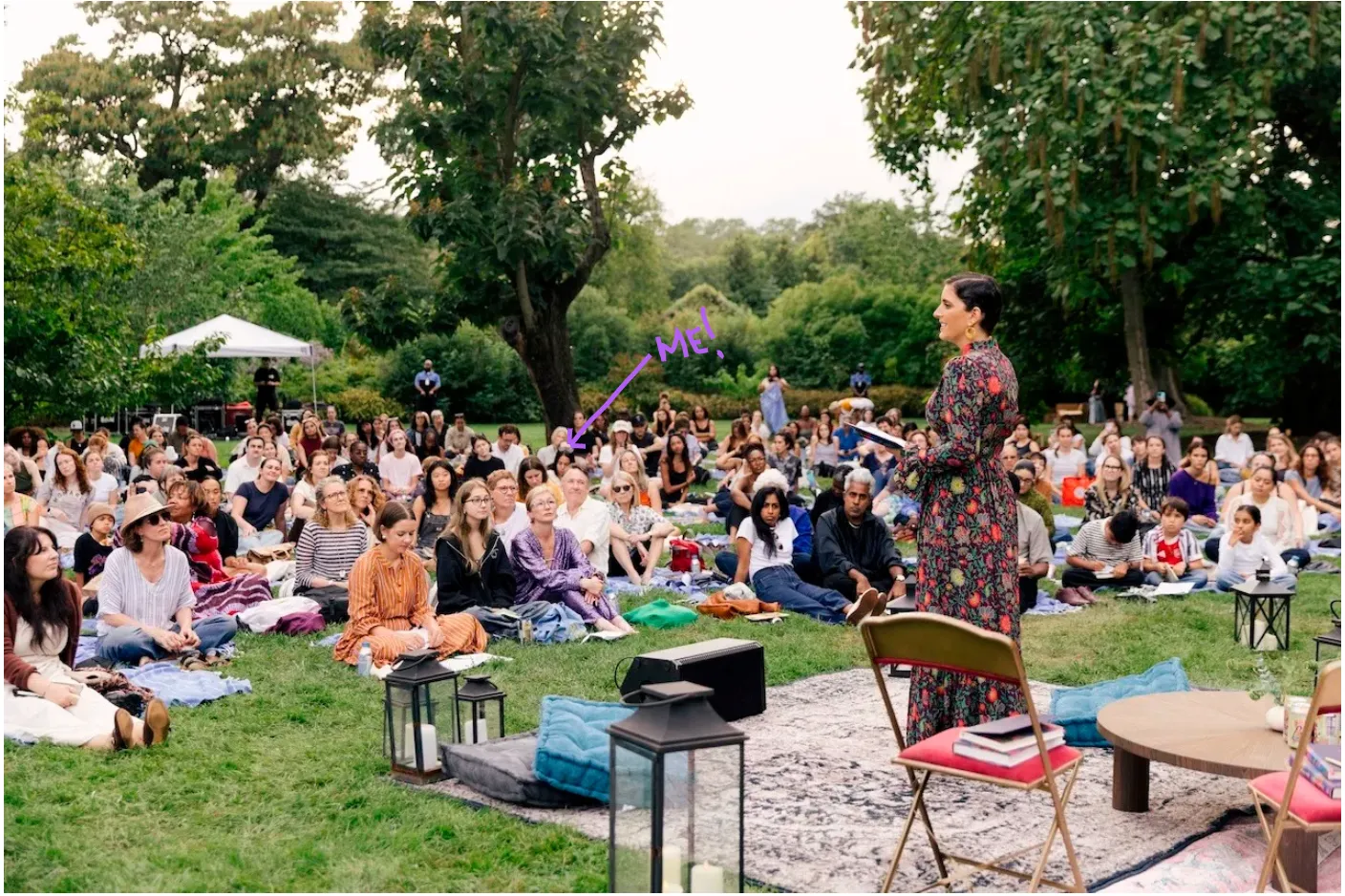

.webp)

.webp)
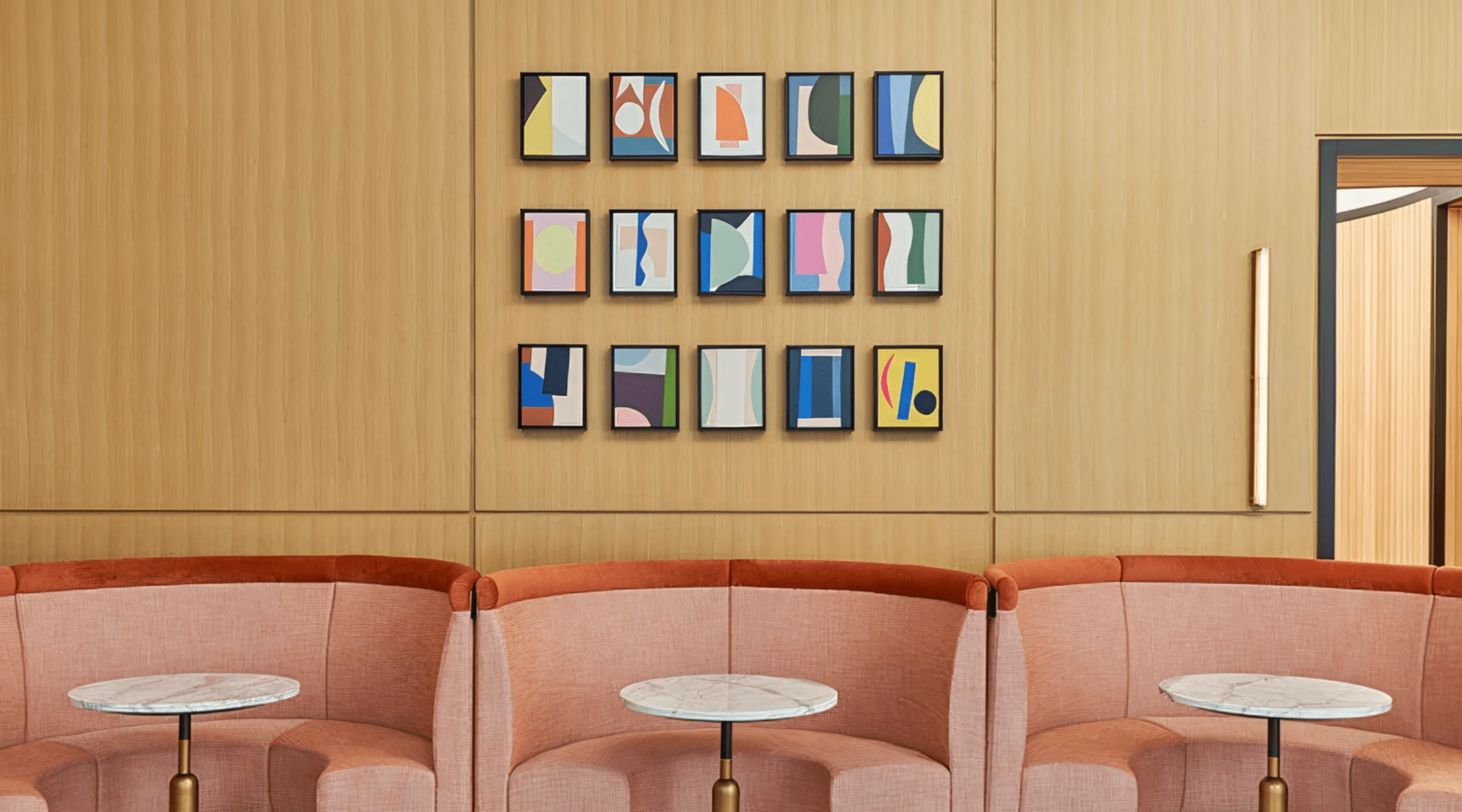
.webp)
.webp)
.webp)
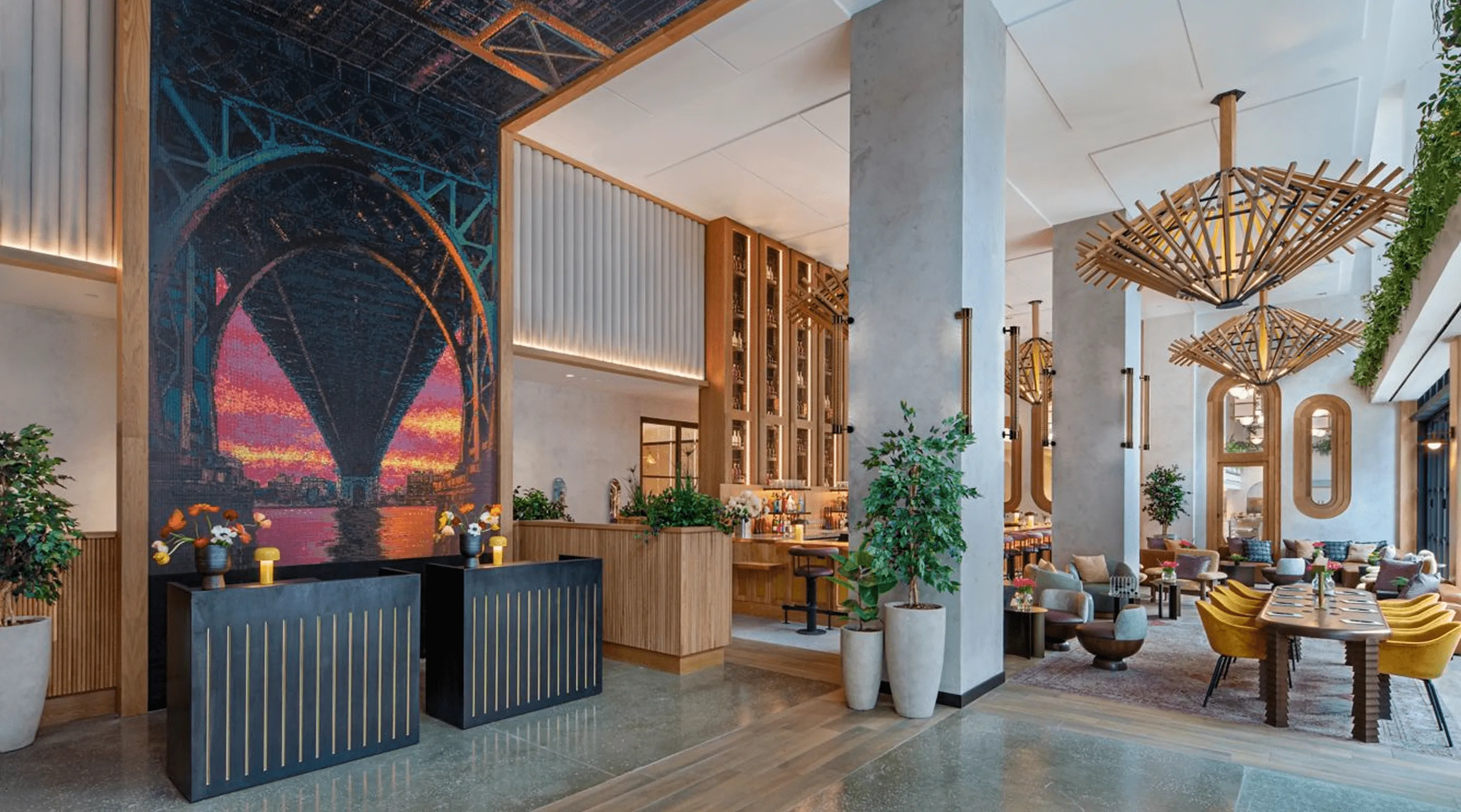
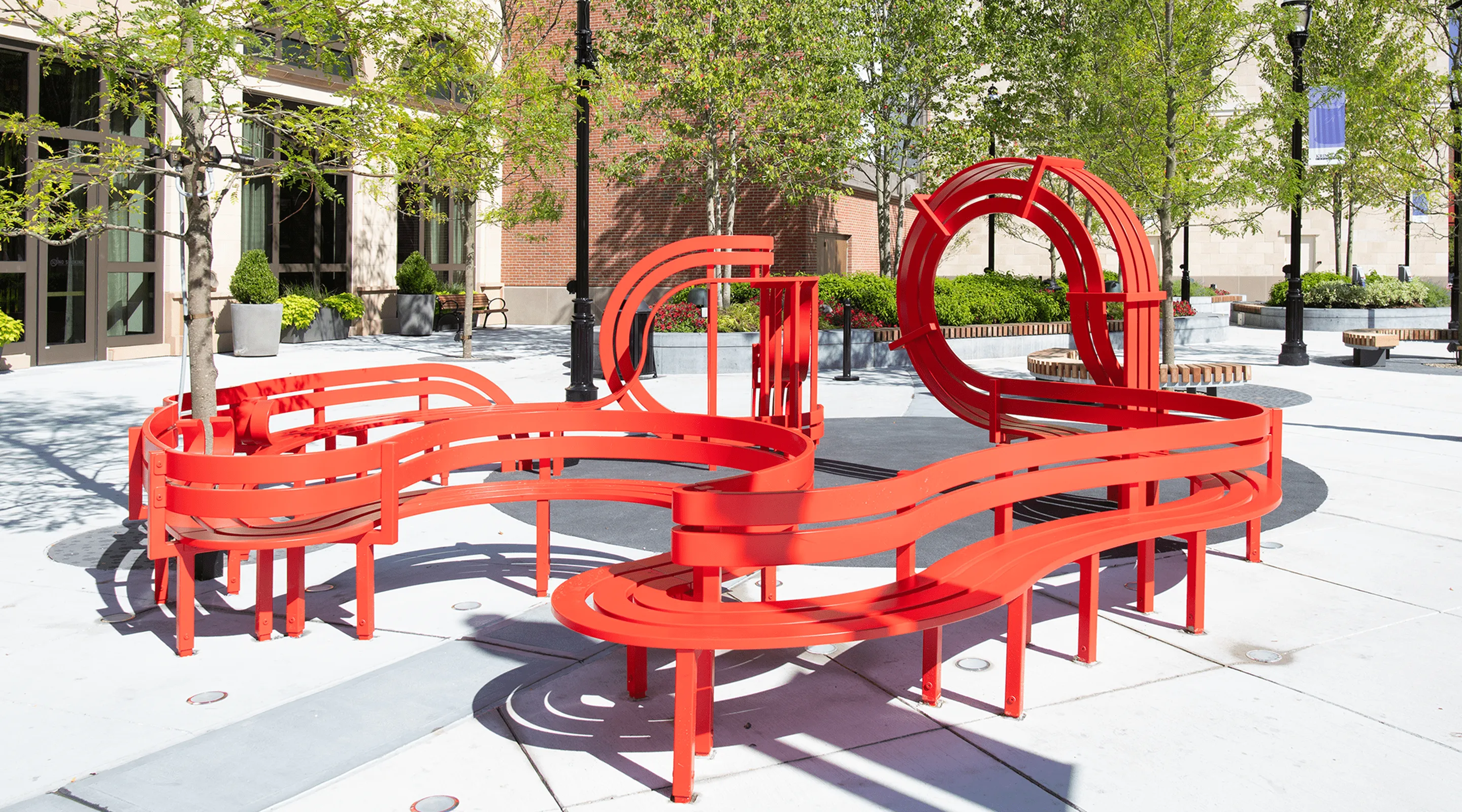
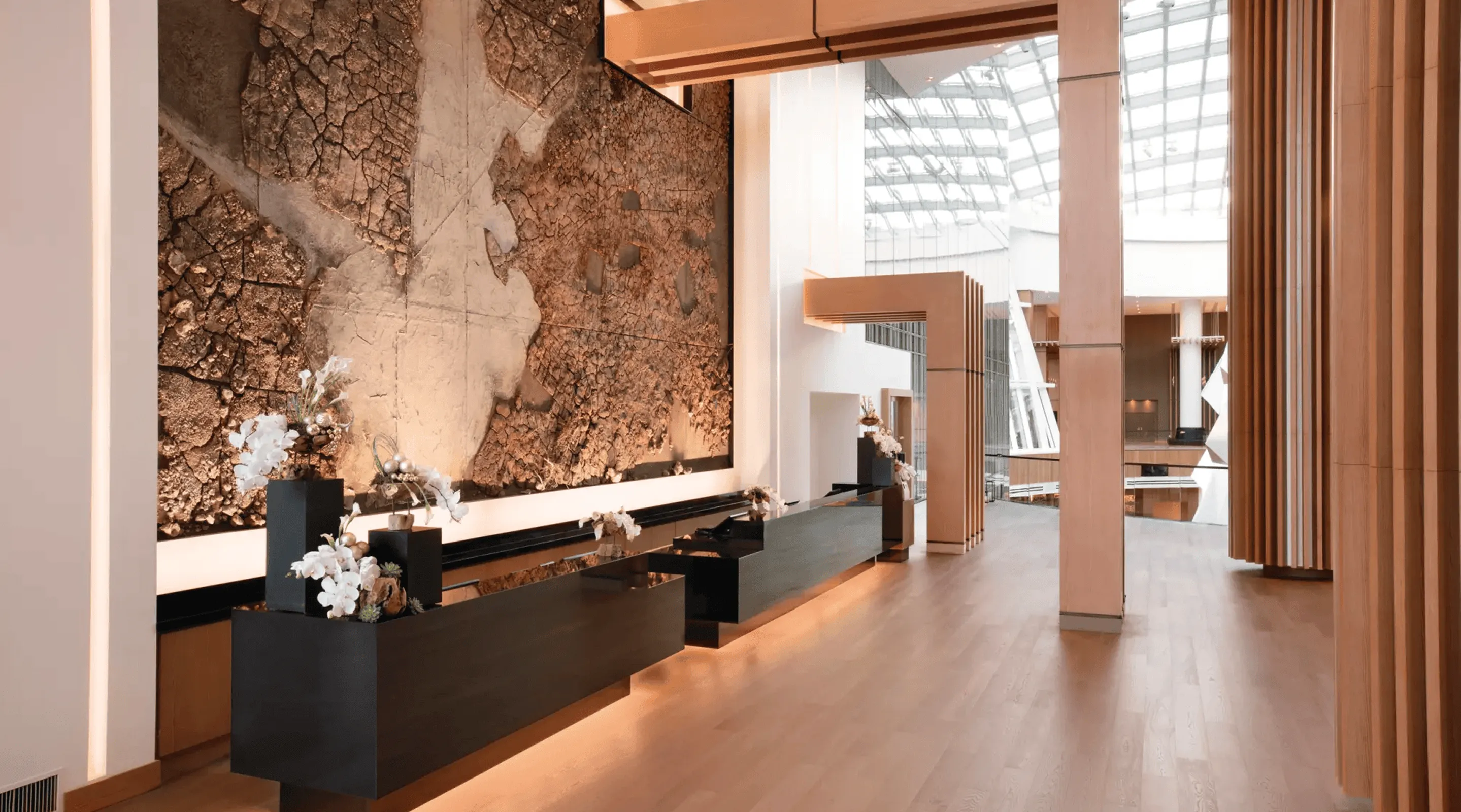
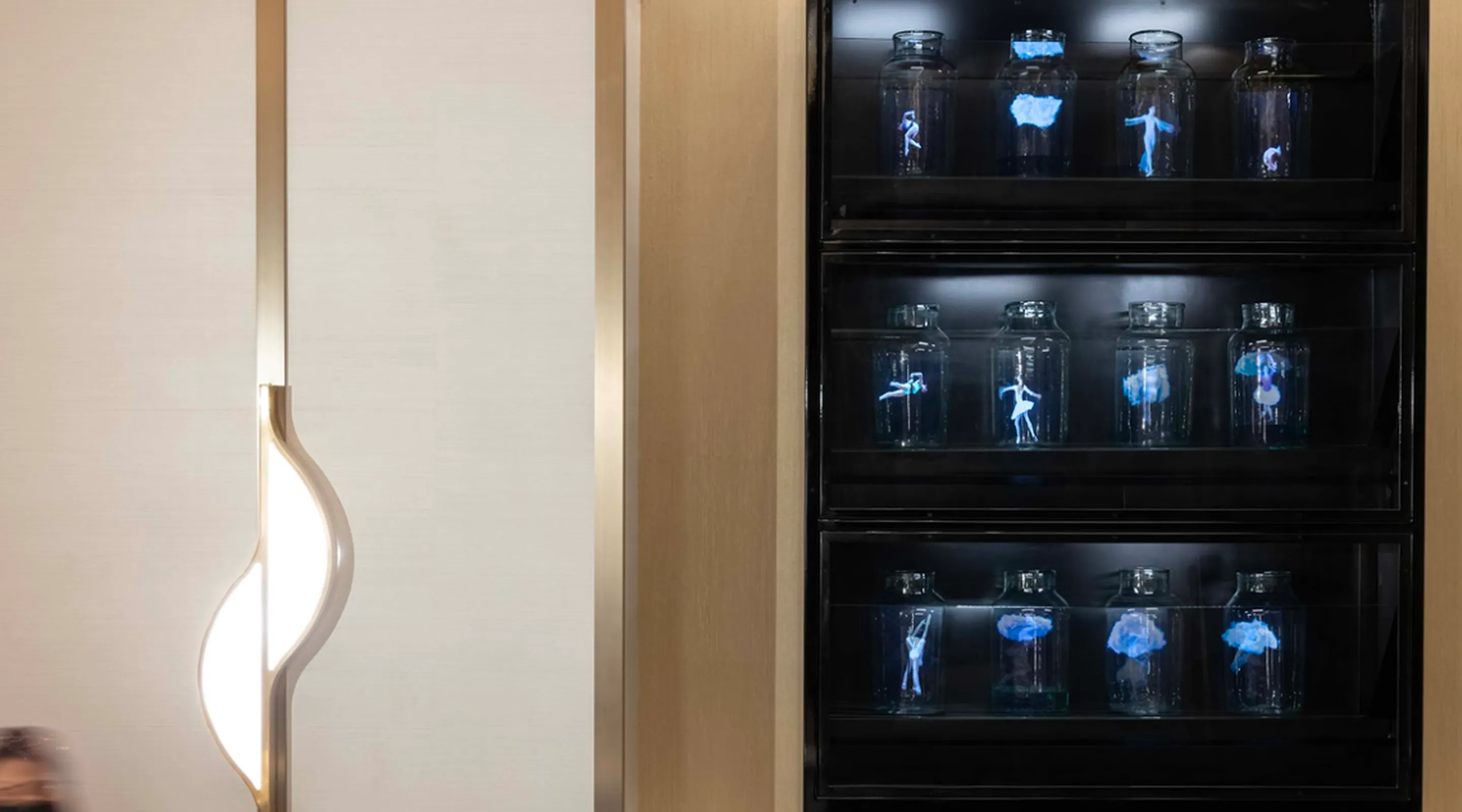
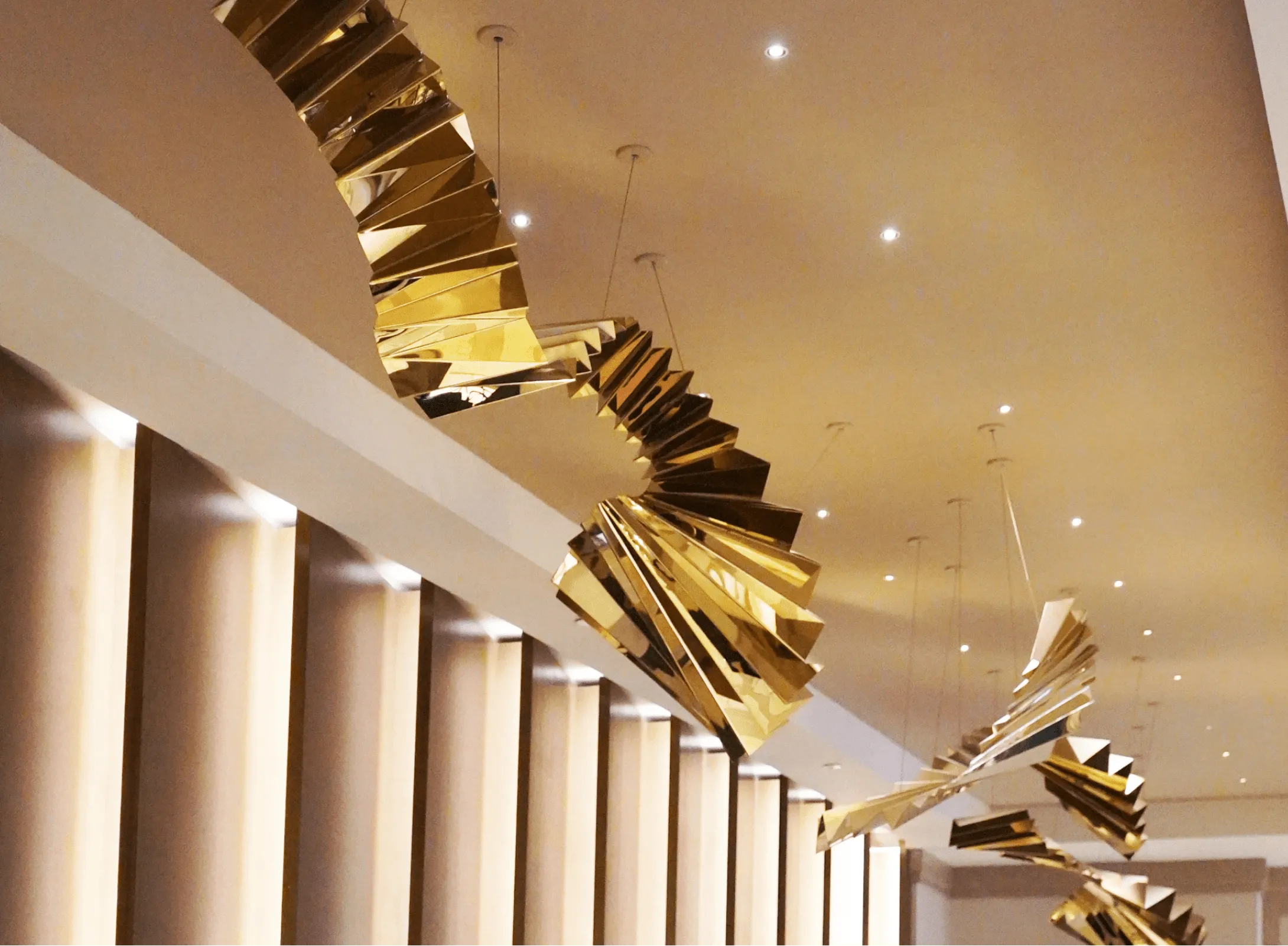
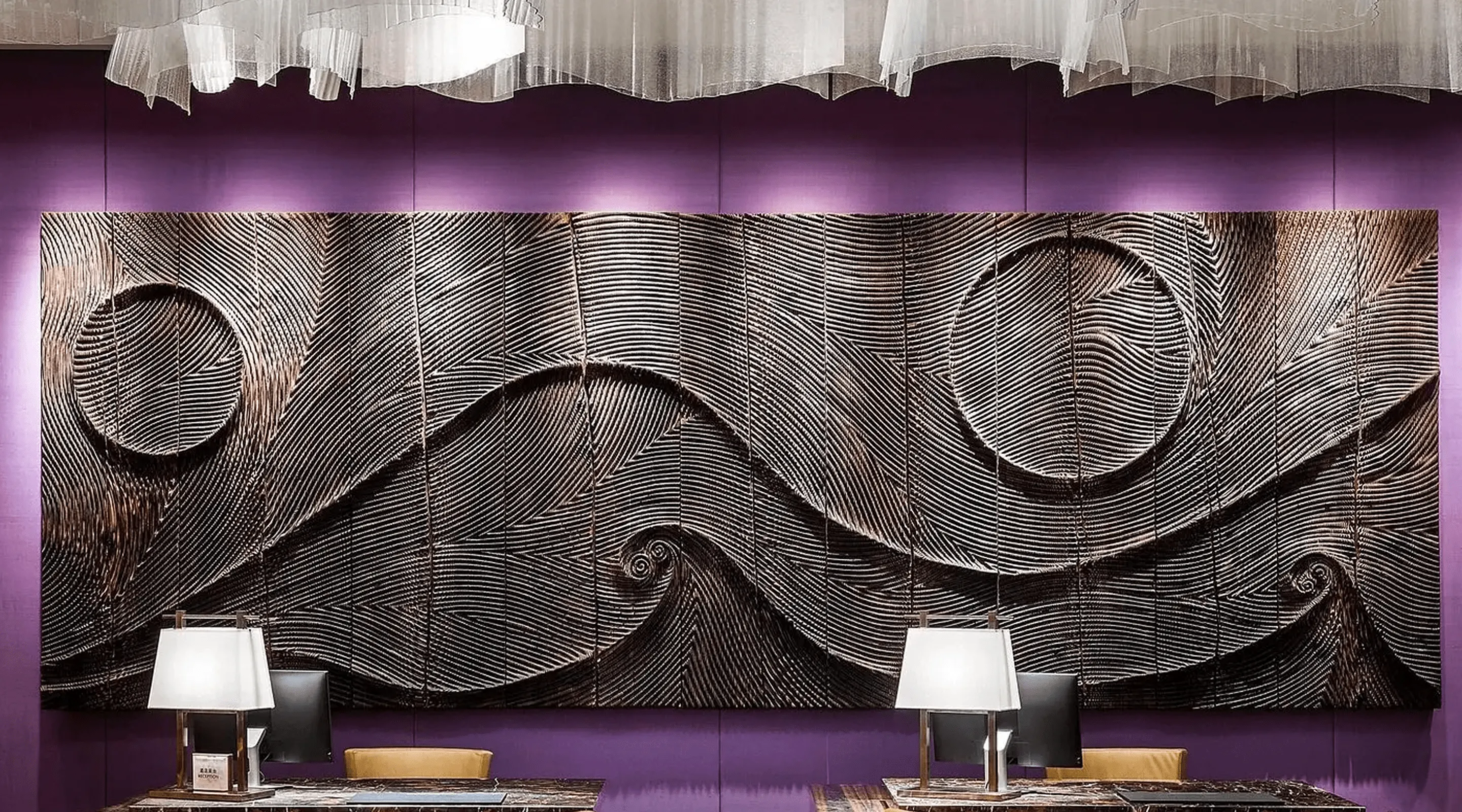
-min.webp)